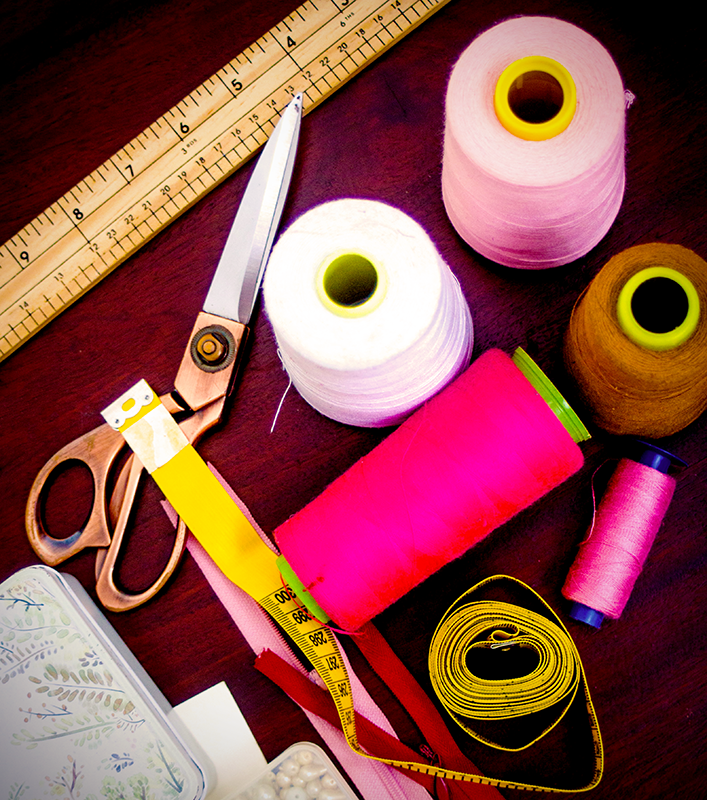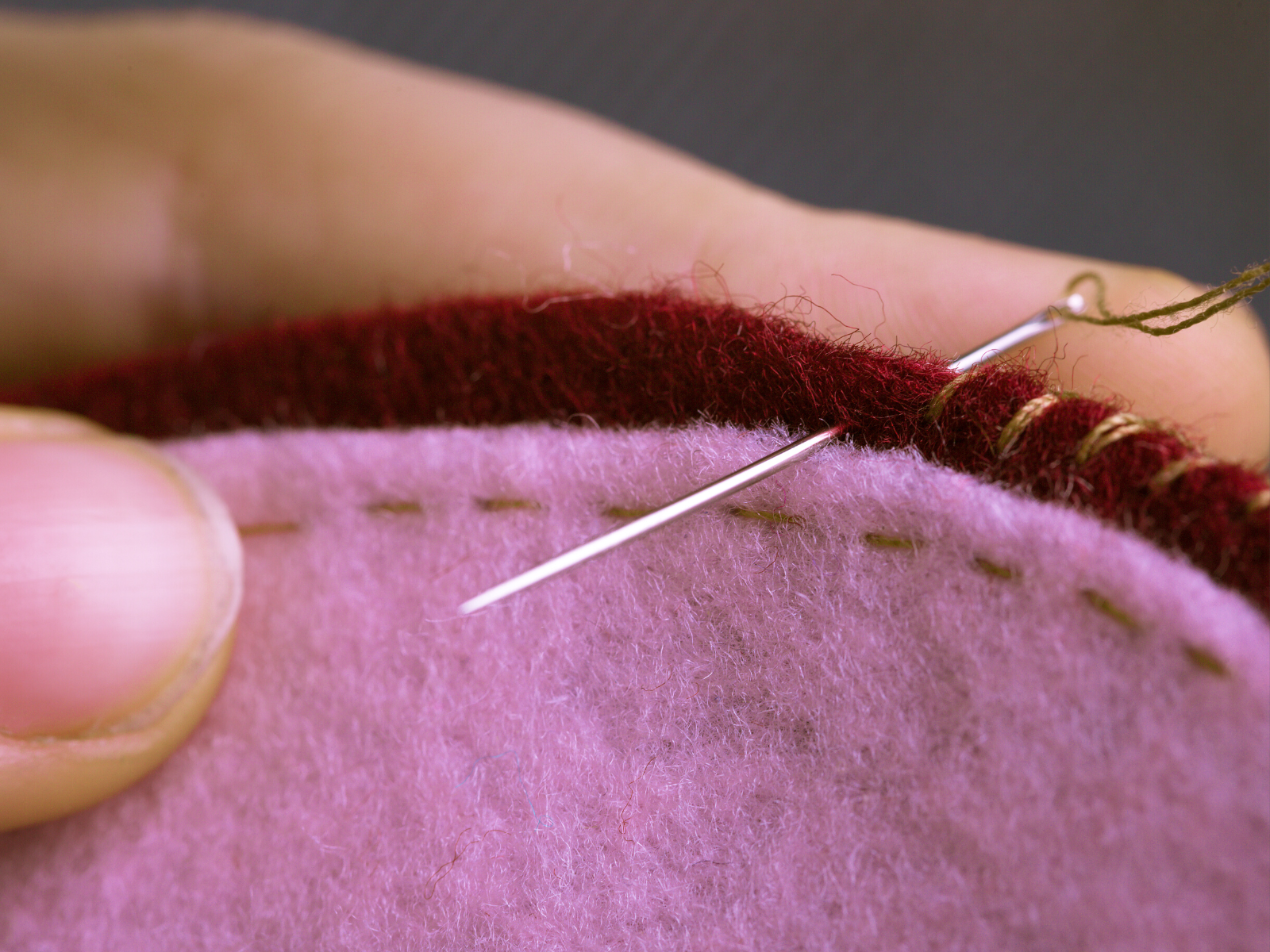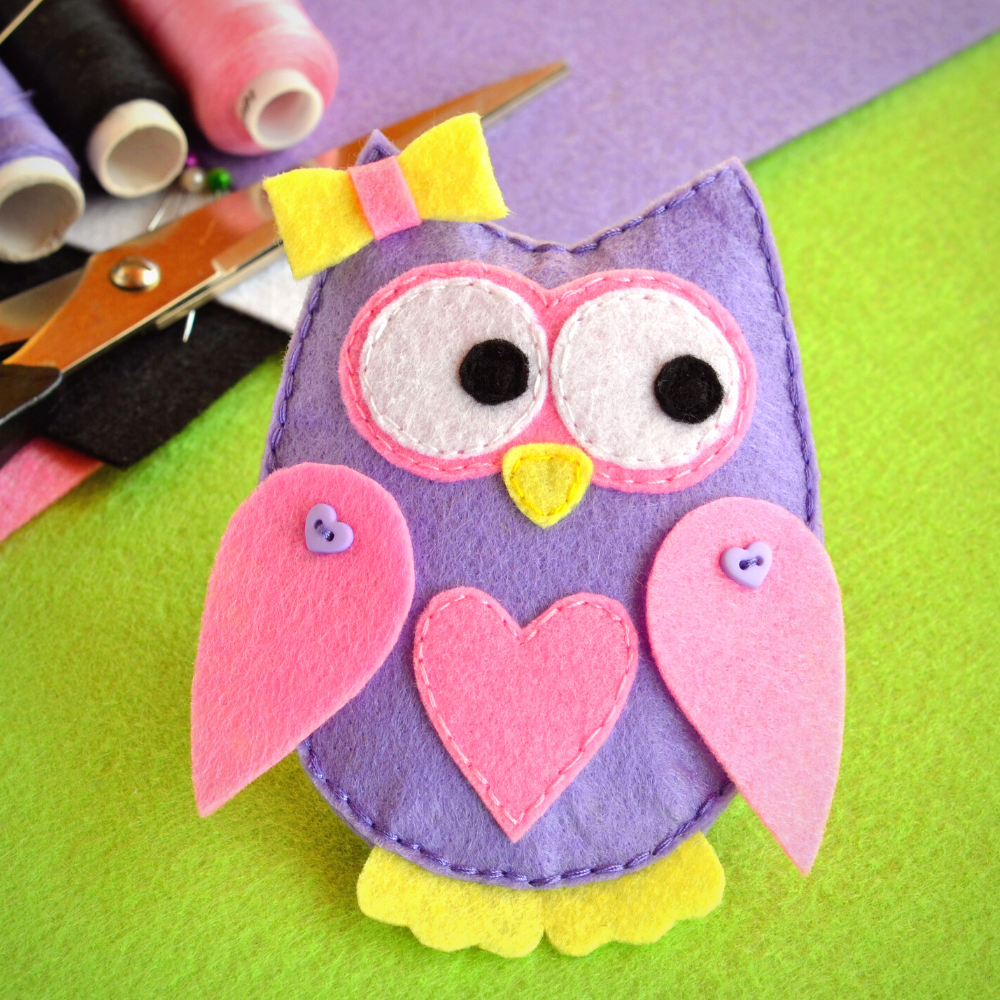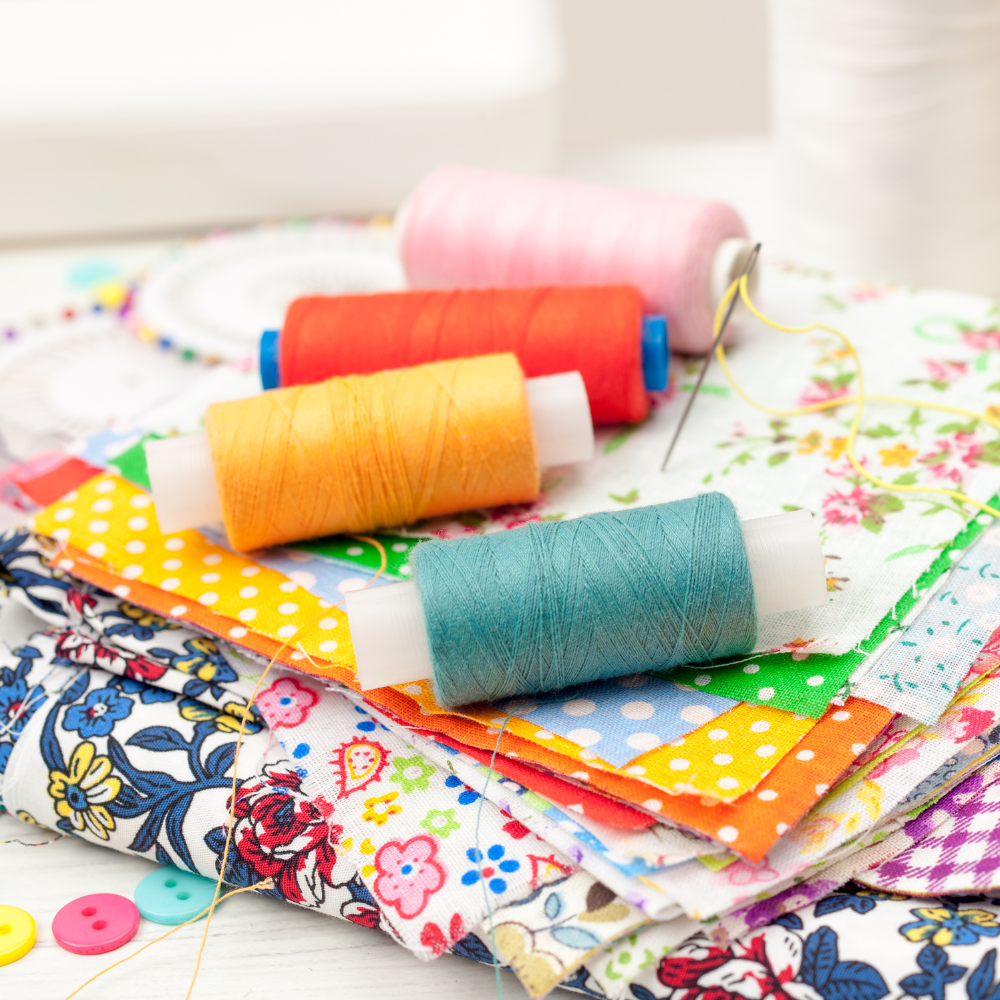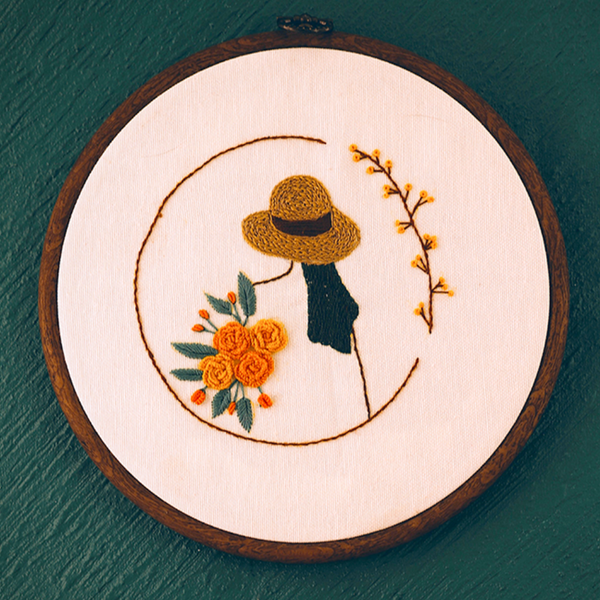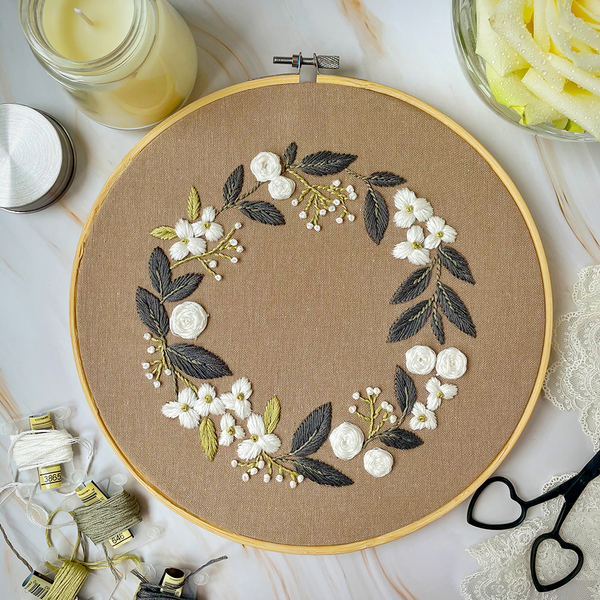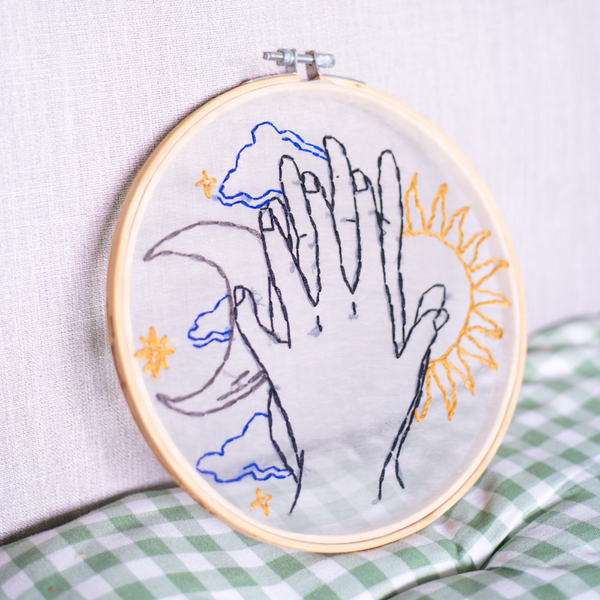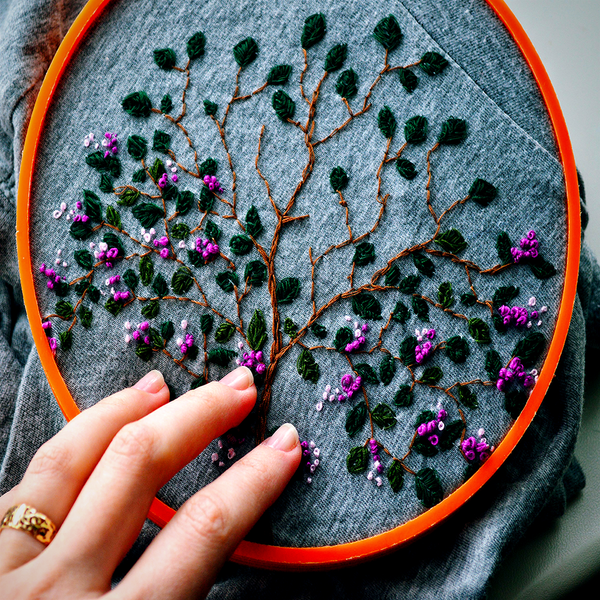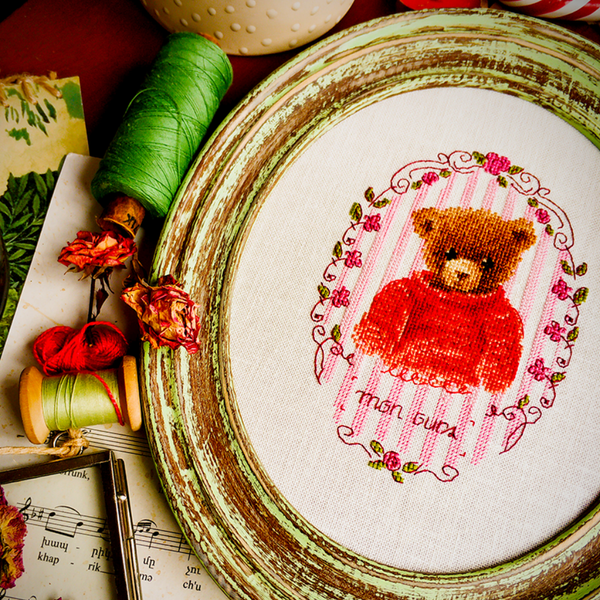Are you an artist who loves to sew but struggles to create that perfectly aligned seam?
Or perhaps you’re tired of dealing with tangled threads and broken needles?
Well, fear no more!
If you're ready to take your sewing game up a notch, we’re here to help you do just that with these essential sewing tips!
Sewing is an art form that requires precision, patience, and practice.
Whether you’re a newbie looking for some tricks of the trade, or an experienced crafter ready to make the jump into professional-level garments and homeware items, these hard-won insights will revolutionize your craft game in no time.
From selecting the right fabric to using the right needle and thread, these favorite sewing tips will help you produce beautiful and long-lasting creations.
Here are tips and tricks that will transform you from amateur seamstress to proficient pro!
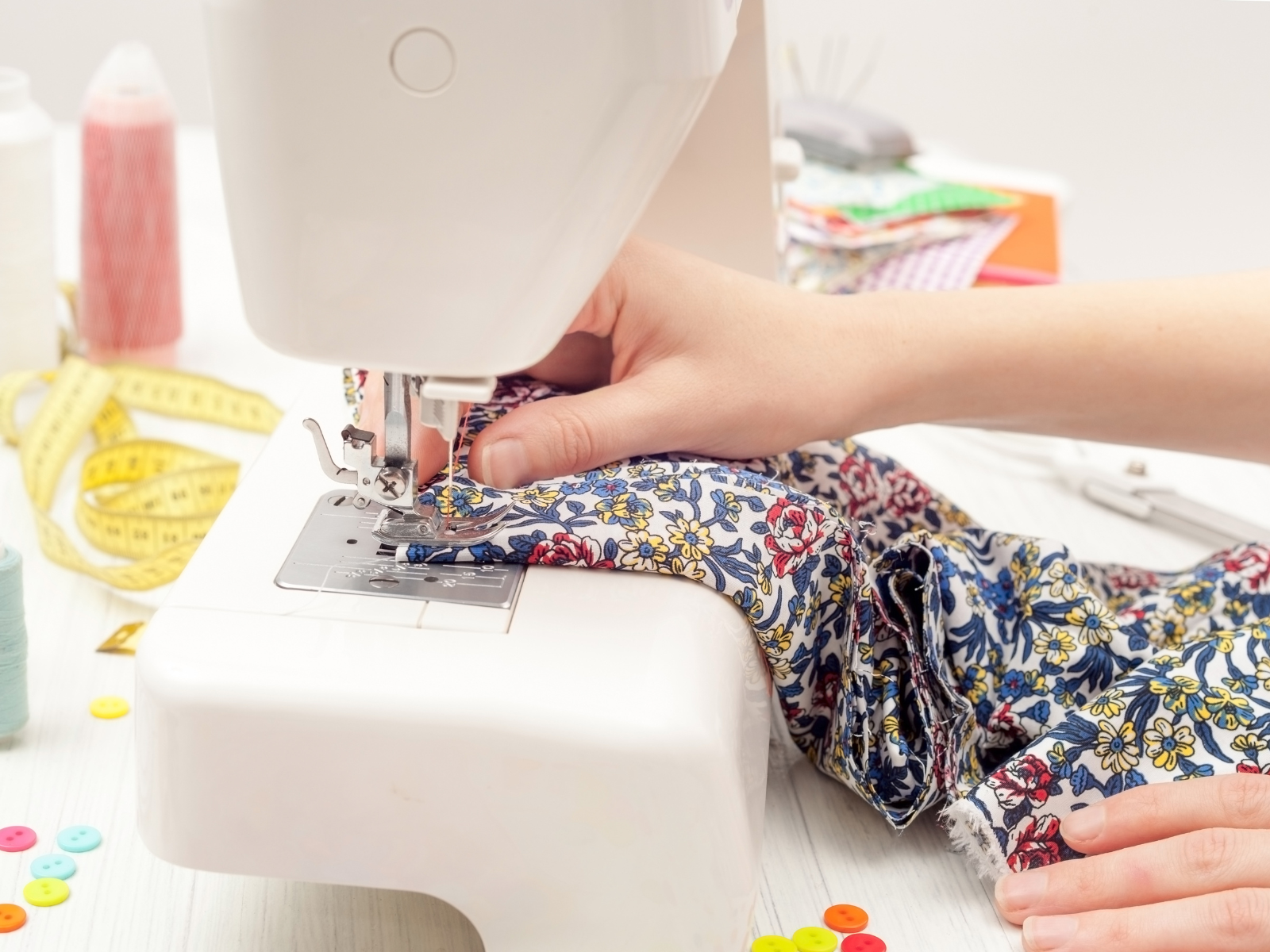


Sewing Basics
If you're just getting started, the first thing you'll want to do is familiarize yourself with basic sewing techniques.
Learning how to thread a needle and sew a straight stitch is just the beginning.
There are a few stitches that you should know, such as the running stitch, zigzag stitch, and backstitch, which will serve as a foundation for more complicated projects.
From here, you can move onto advanced techniques and sewing tricks, such as topstitching and quilting.
Getting the basics down will help you build a solid foundation for all your future sewing projects.
Once you have the basics down, it’s time to learn about the essential sewing notions and tools.
From pins, shears, and measuring tapes to fabric markers, thimbles and seam rippers, having the right tools can be the difference between success and failure.

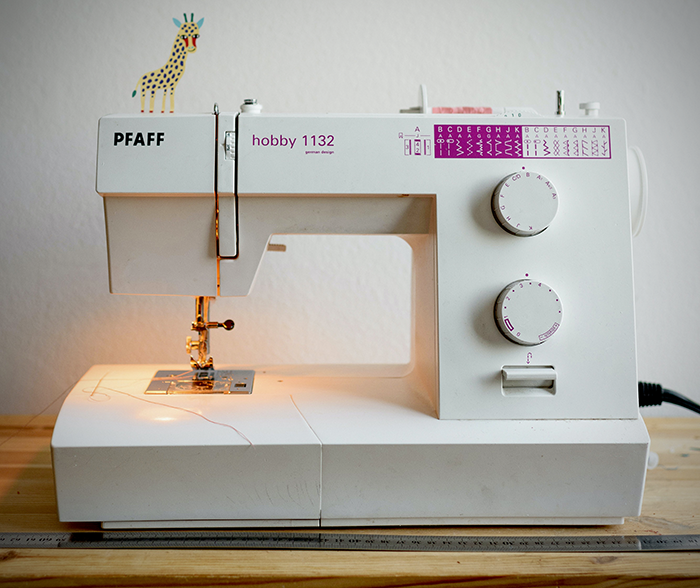

Thread and Needle Selection
One sewing tip that everyone needs to keep in mind is that the right thread and needles can make all the difference in a successful project.
Using the wrong type of thread or needle can lead to skipped stitches, uneven seams, and puckering fabric.
When it comes to selecting the right thread and needle for each project, there are a few factors to consider.
First, consider the type of fabric you’re working with.
Different fabrics require different types of needle, thread, and stitch length.
For example, when sewing denim or other heavyweight materials, you’ll need a stronger needle and heavier thread than when stitching lightweight fabrics like silk or organza.
It’s also important to match the thread with the fabric in terms of fiber content, weight, and color.
This will help ensure that your stitching blends in with the fabric and is strong enough to stand up to regular wear and tear.
Pick a needle size that’s appropriate for the thickness of the fabric and stitch length, so that your stitches are neat and even.
Sewing buttonholes and zippers is different from regular stitching, so make sure you’re using the right needle and thread for these tasks as well.
This will ensure that your stitches are strong and long-lasting.
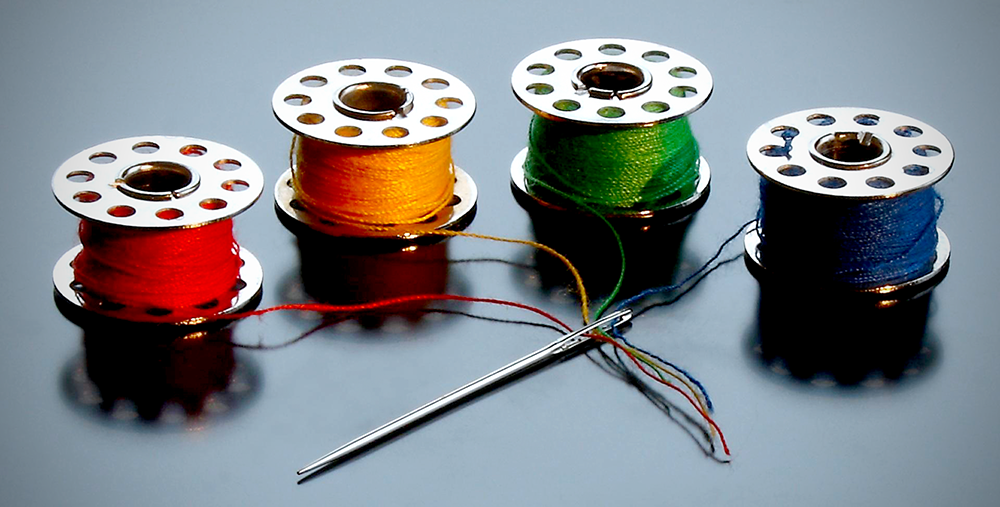

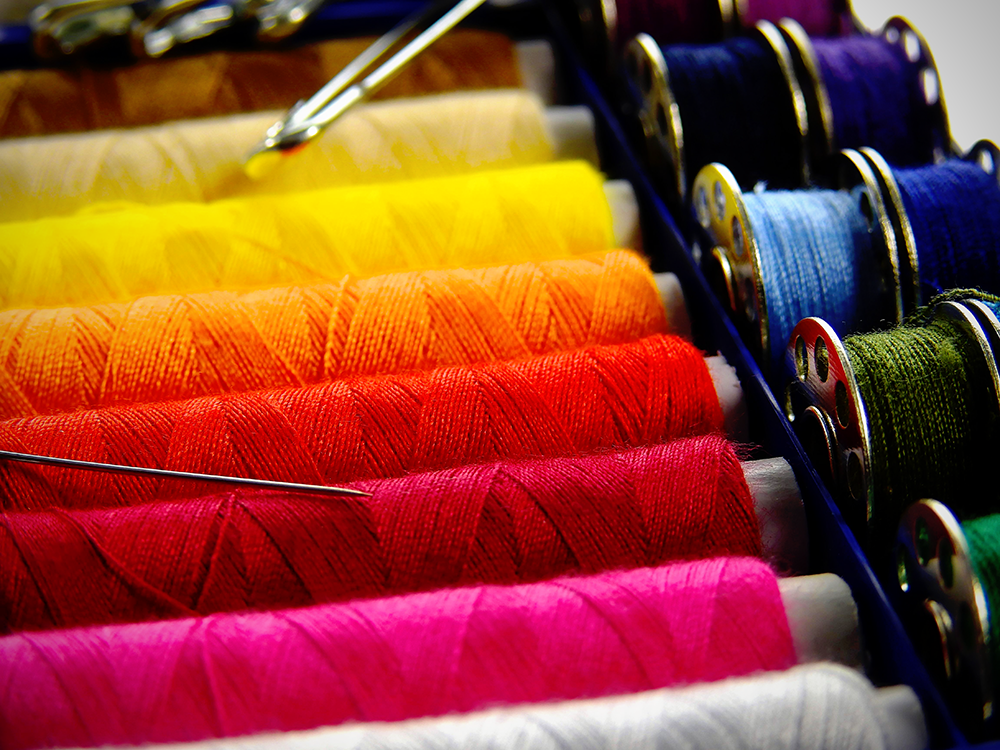
Choose the Right Fabric
Selecting the right fabric is an essential step in any sewing project.
You’ll want to make sure that the fabric you choose is appropriate for the item you're creating.
Some fabrics, like denim or canvas, are better suited for heavier projects, while others, like cotton, are great for lighter projects.
For example, if you’re making a dress, choose lightweight fabrics with an appropriate drape.
When choosing a fabric for upholstery projects, look for durable materials such as canvas or twill.
When in doubt, consult a professional seamstress or fabric store employee to get advice on which fabric is best suited for your project.
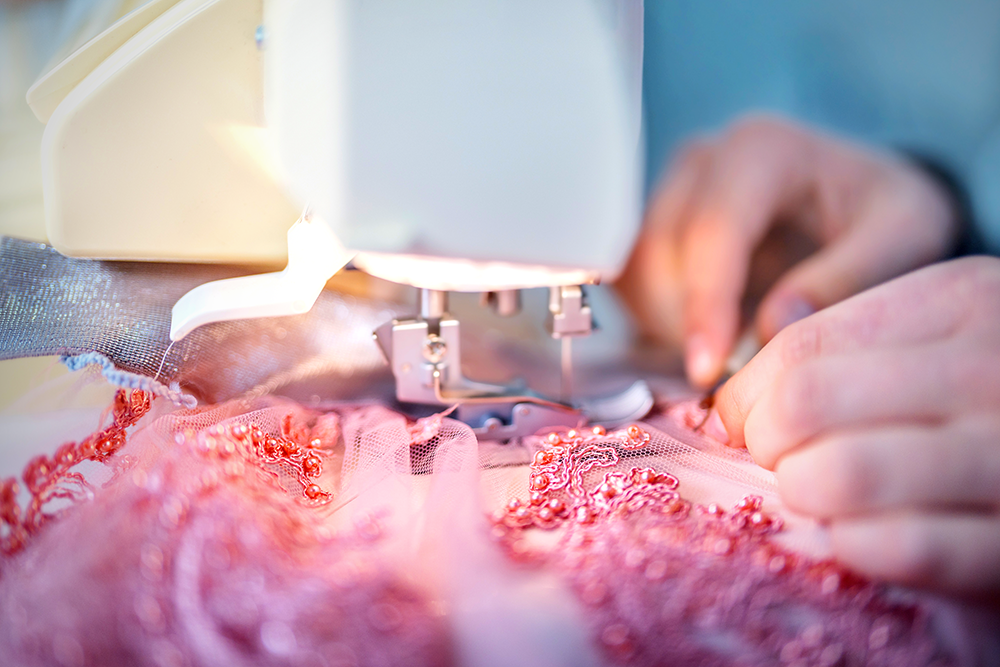
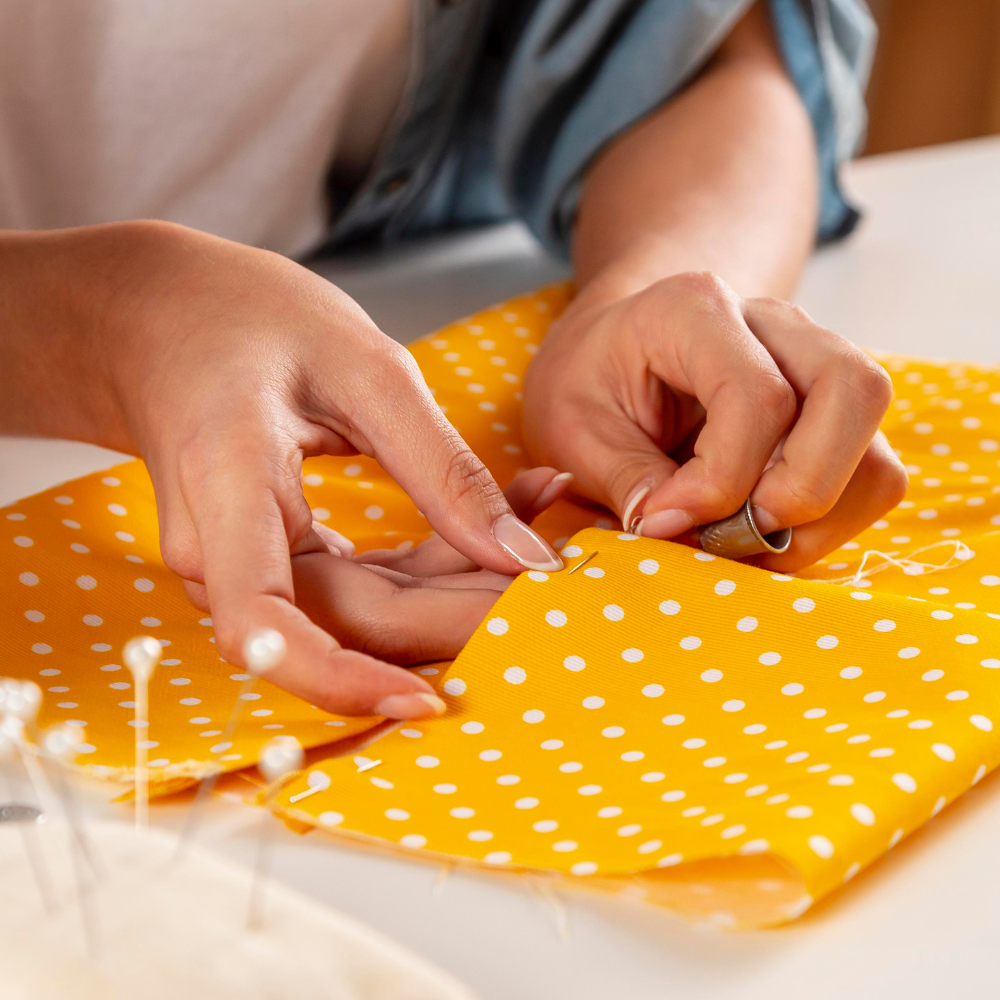

Preparing Your Fabric
Washing and drying fabric before beginning a sewing project is essential.
This helps to prevent the fabric from shrinking or distorting post-wash while also removing chemicals left over from the manufacturing process.
Before cutting or stitching, make sure to press the fabric with an iron or steam.
Pressing and ironing your fabric helps keep your seams neat and tidy, but it also helps the fabric retain its shape and structure.
This will remove any wrinkles or creases and make it easier to sew accurately.
Use a heated iron and press gently, being careful not to stretch or distort the fabric.
The key to successful pressing is choosing the right temperature for your fabric type.
Most fabrics will require a medium to low heat, while delicate materials like silk should be pressed with a cool or warm setting.
Be sure to test the heat on a scrap piece of fabric before pressing your project pieces.
Don’t forget to press both sides of the fabric for the best results.
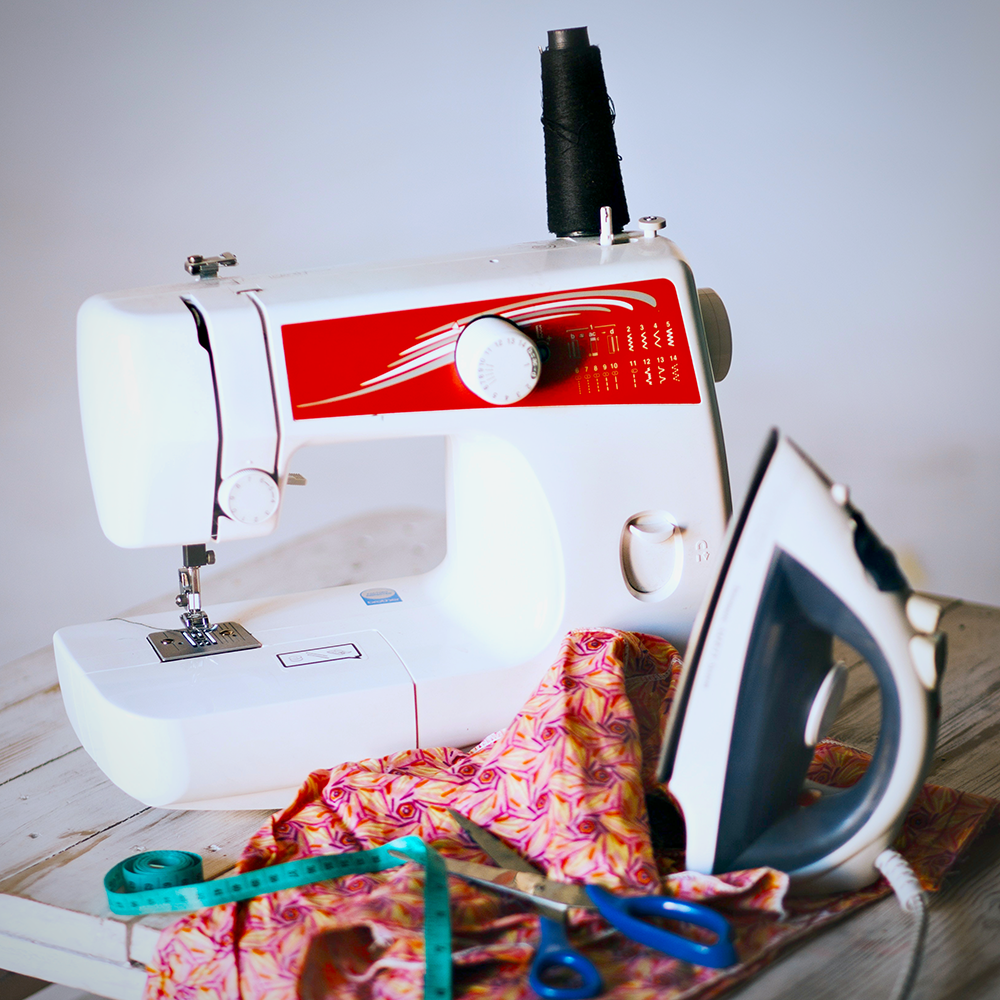


Get Organized
Before starting any sewing project, it's important to organize your materials.
Keep a designated space for your thread, needles, fabric scissors, and other supplies.
Having a sewing box or organizer can help keep your work area tidy and organized, so you don’t have to search for items while in the middle of a project.
This will not only help save time when searching for supplies but can also reduce the likelihood of losing items.
Having a dedicated craft or sewing room or space is also a great way to stay organized and focused on your projects.
You can decorate it with inspirational items that will help keep you motivated and excited about your projects.
A clean workspace can help reduce the likelihood of losing important items or creating a mess.
This can be especially important when working with pins or other small, sharp objects.
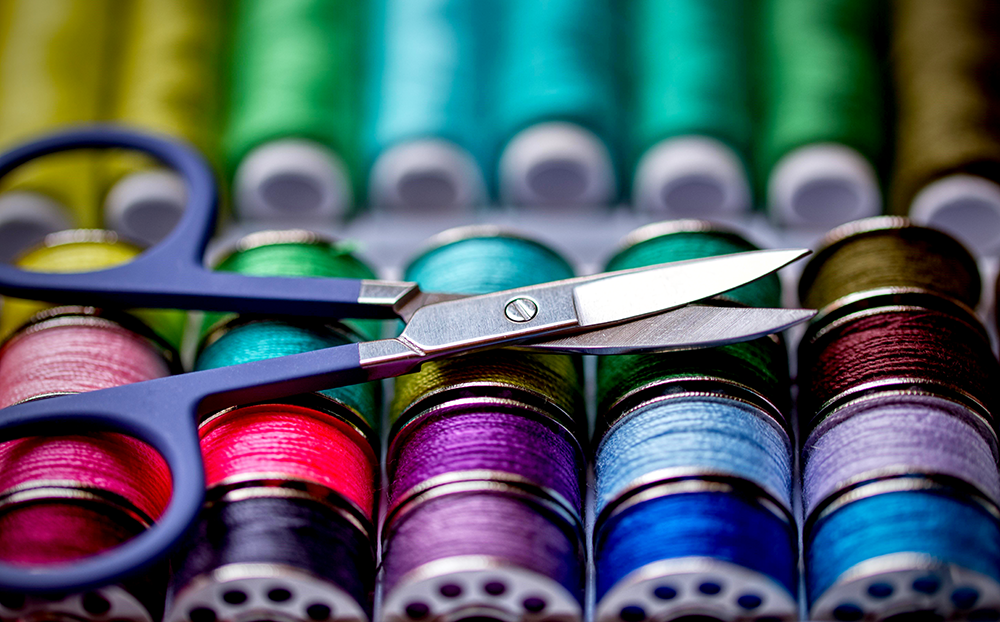
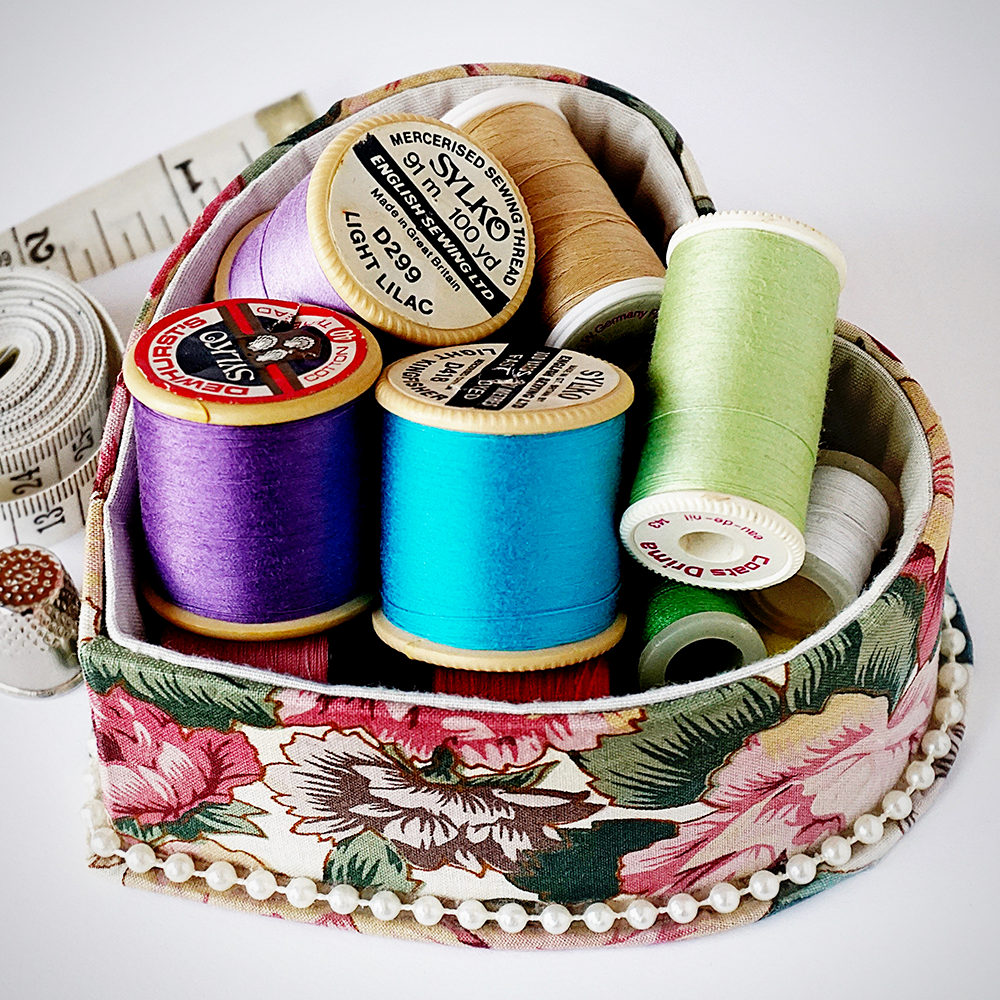

Take Accurate Measurements
A crucial part of sewing is taking accurate measurements.
Use a tape measure to measure yourself or take measurements of the item you're sewing for.
Write down each measurement, as even the slightest miscalculation can have disastrous results.
When taking measurements for clothing items, use a fabric marker to indicate them on the fabric.
This will help you keep track of your stitching and ensure that each seam is perfectly aligned.
Always measure twice to ensure accuracy.
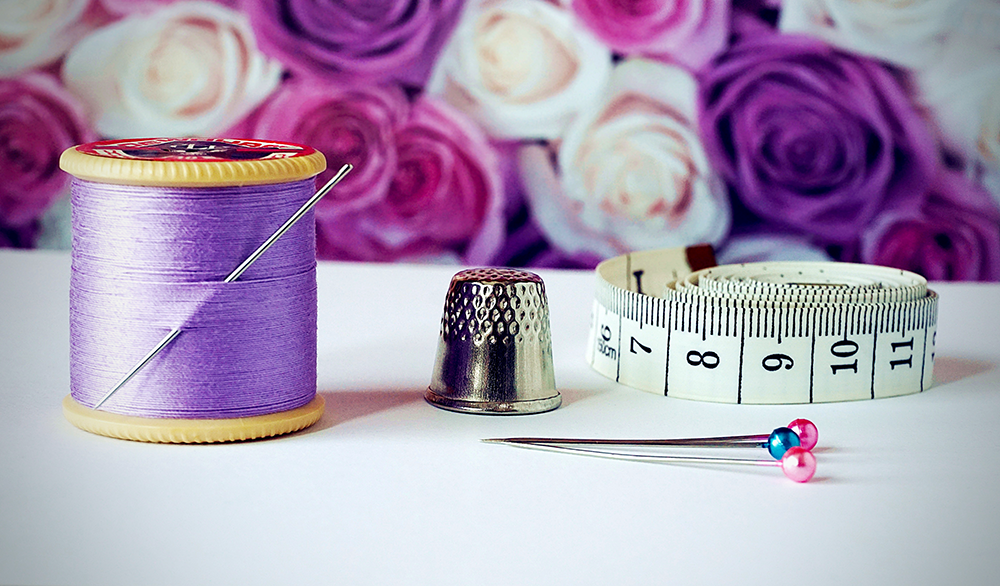
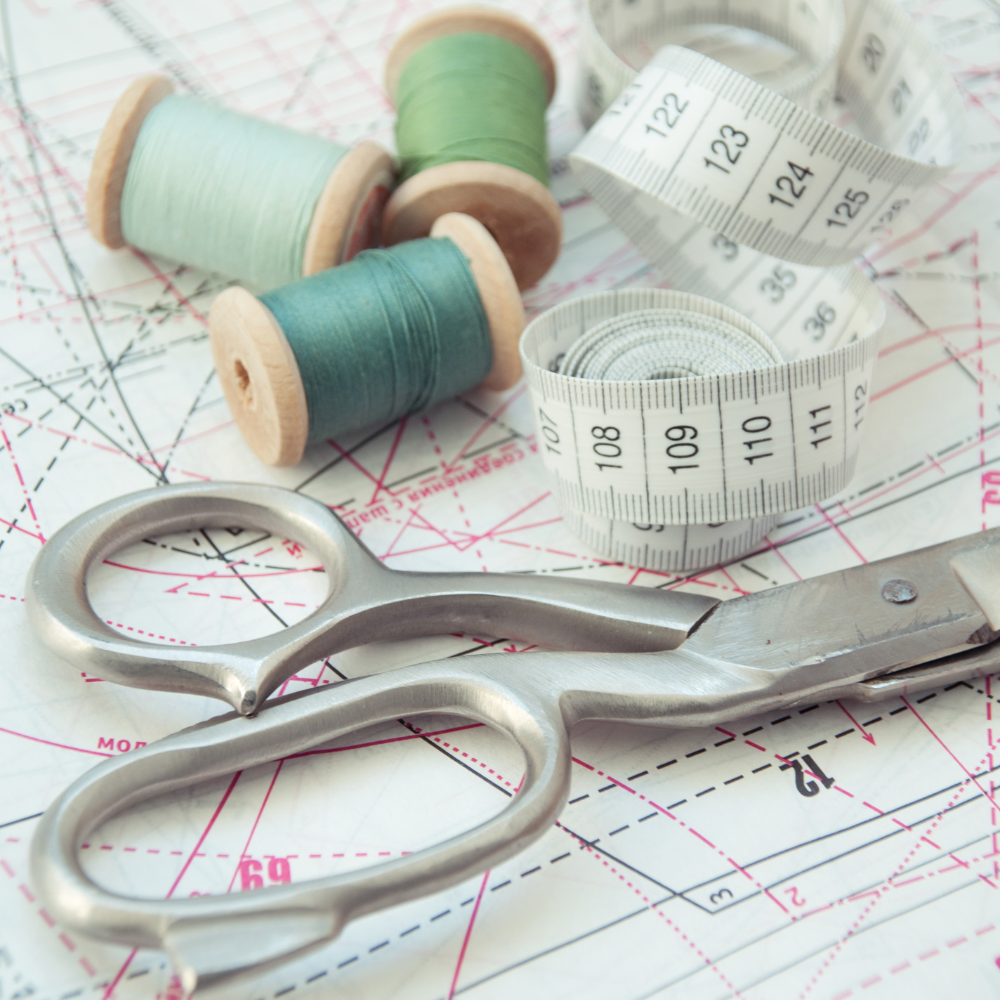
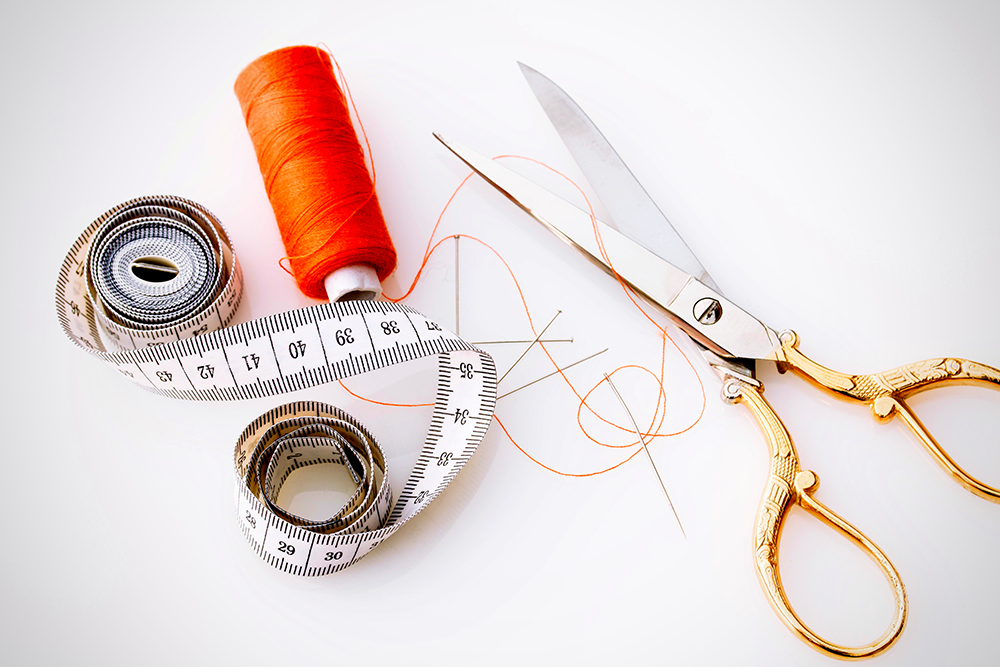
Use A Sharp Needle
A needle that is dull or damaged can cause issues when sewing, such as snagging or breaking the thread.
Be sure to use a sharp needle appropriate for your fabric type and project.
You can also use a needle threader to help you quickly and easily thread the needle.
This will make sure that your stitches are even and your thread is properly aligned.
Being mindful of seam allowance is also essential.
This will help you accurately calculate how much fabric needs to be trimmed or adjusted before stitching.
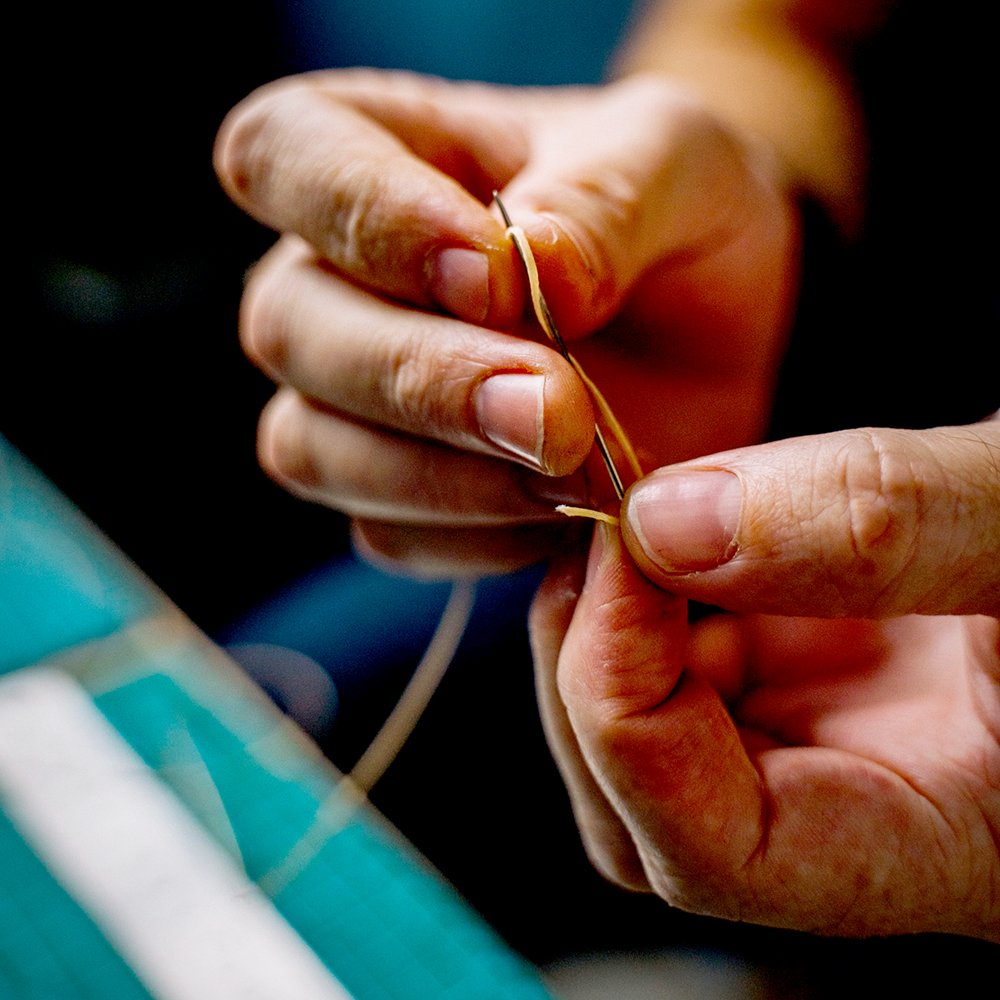

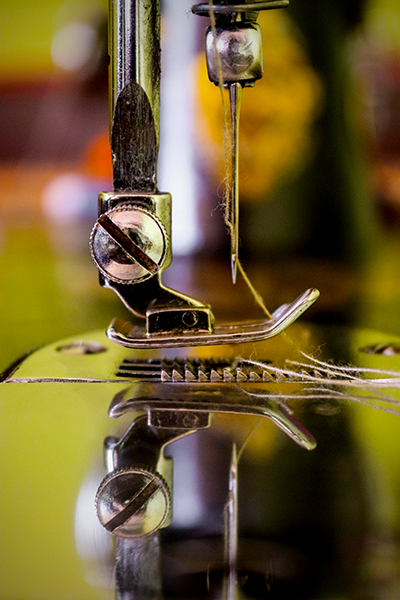
Pin and Baste
Using pins and basting is a great way to keep your fabric aligned when you’re stitching.
Pins are especially helpful for complex projects, like garments and quilts.
Basting, on the other hand, is a quick way to temporarily hold two pieces of fabric together.
Simply stitch a few running stitches along the edges of the fabric, then remove them after you’ve completed your project.
Using pins and basting will help you achieve a professional-looking finish by keeping your fabric from slipping or moving while you're sewing.
When working with delicate or slippery fabrics, consider basting your pieces together first.
This will hold the fabric in place and allow you to sew more easily.

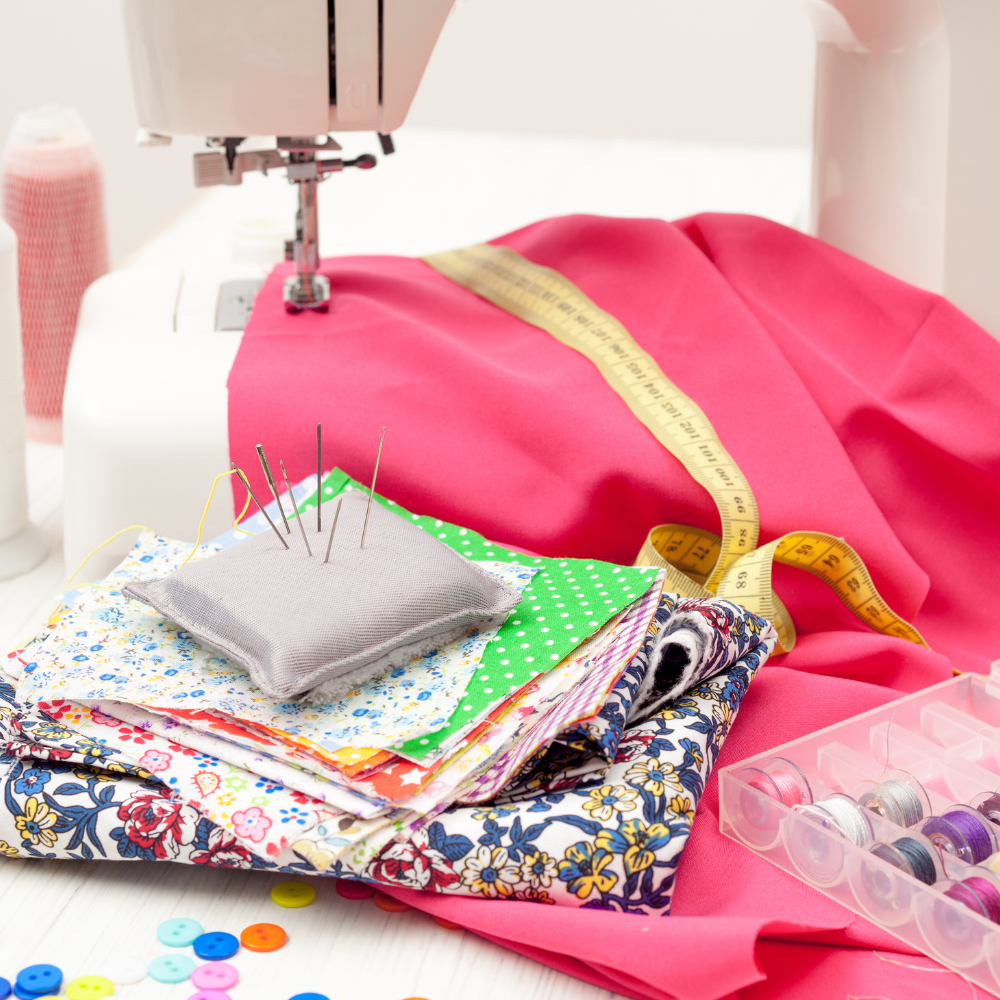
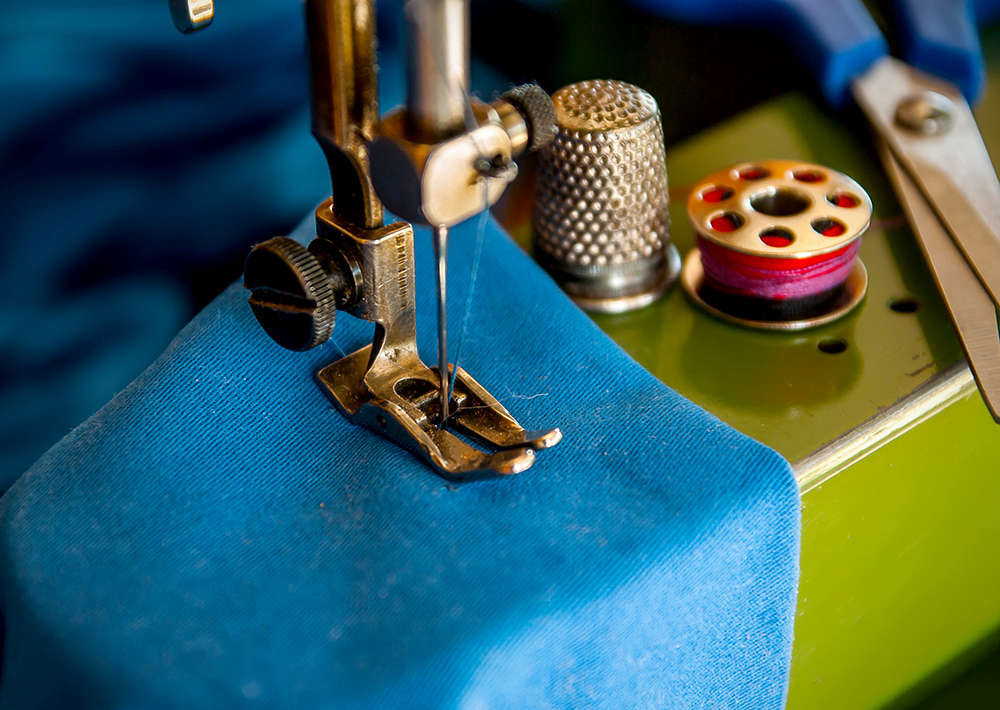
Take Your Time
Sewing takes patience, and rushing through a project can lead to mistakes.
The key to success is to take your time and pay close attention to detail.
Take your time and sew slowly and carefully.
This will help ensure that your stitches are straight and neat.
It can also help you spot and correct any mistakes before they become permanent.
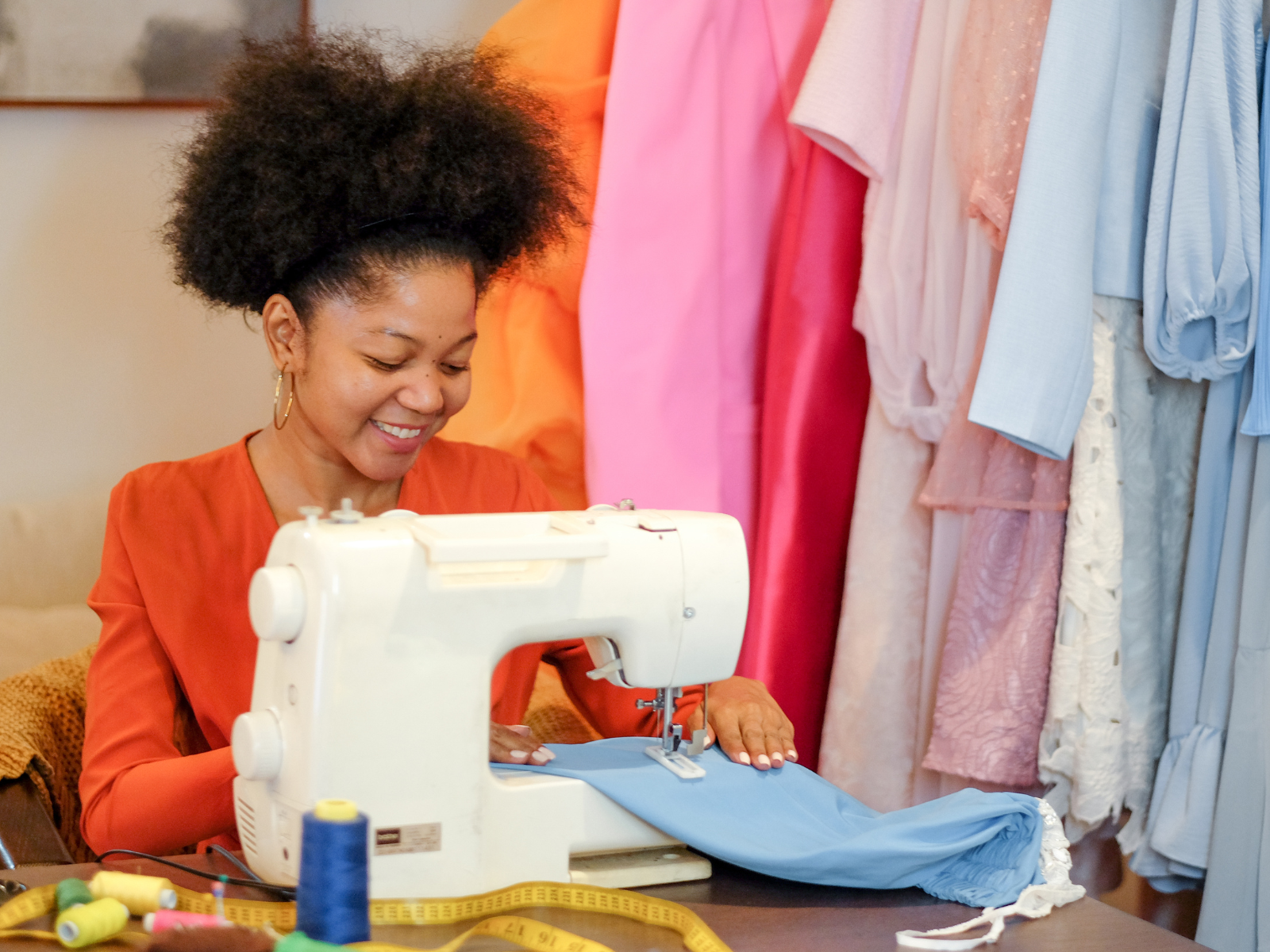
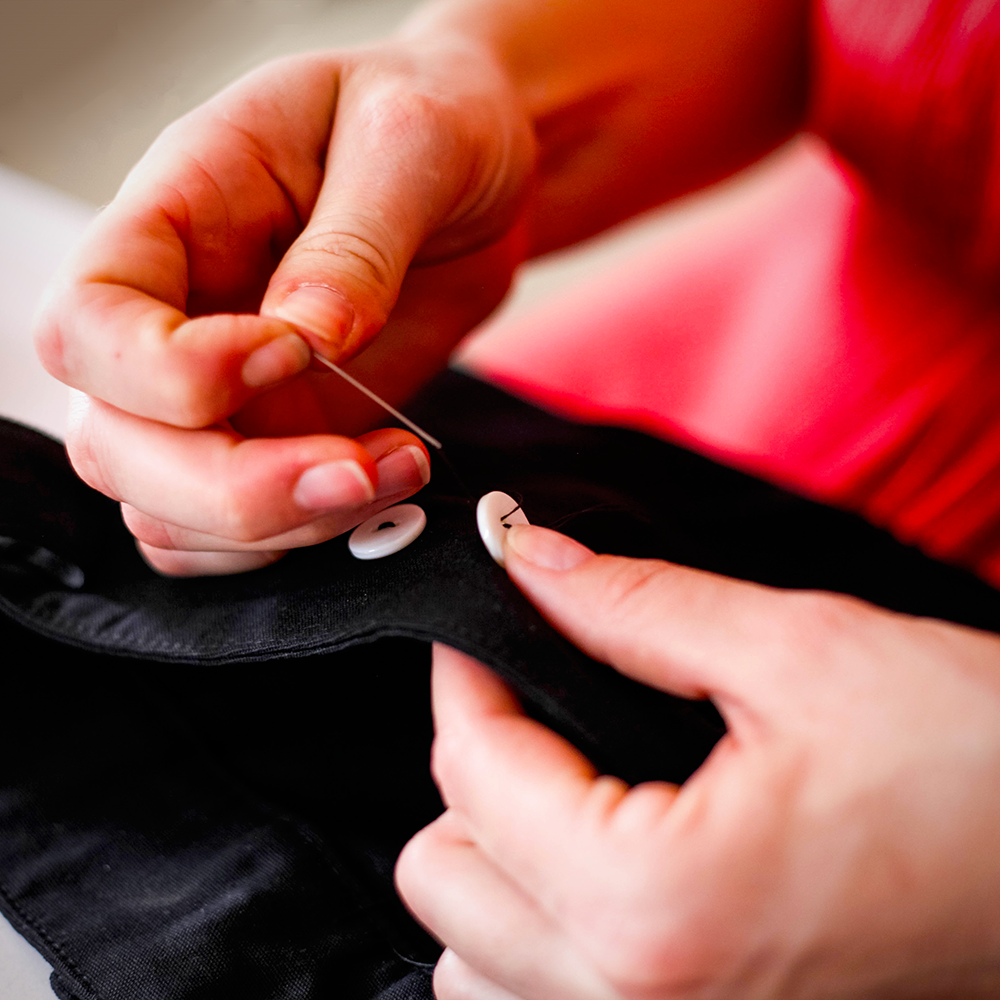
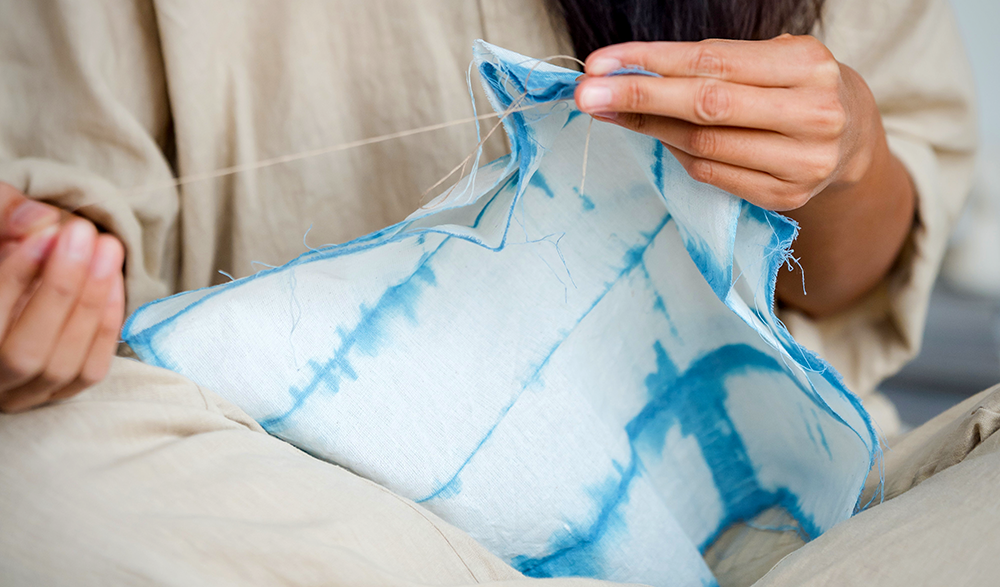
Learn Basic Hand Stitches
In addition to machine stitches, there are a few basic hand stitches that you should learn.
These include the running stitch, backstitch, and whipstitch.
Knowing how to do these stitches will come in handy for small repairs and mending projects.
They can also be used to reinforce seams or attach trims and appliqués.
Knowing basic hand stitches can be a lifesaver when sewing.
Whether you need to hem a pair of pants or sew on a button, basic hand stitches can help you achieve a clean and professional finish.

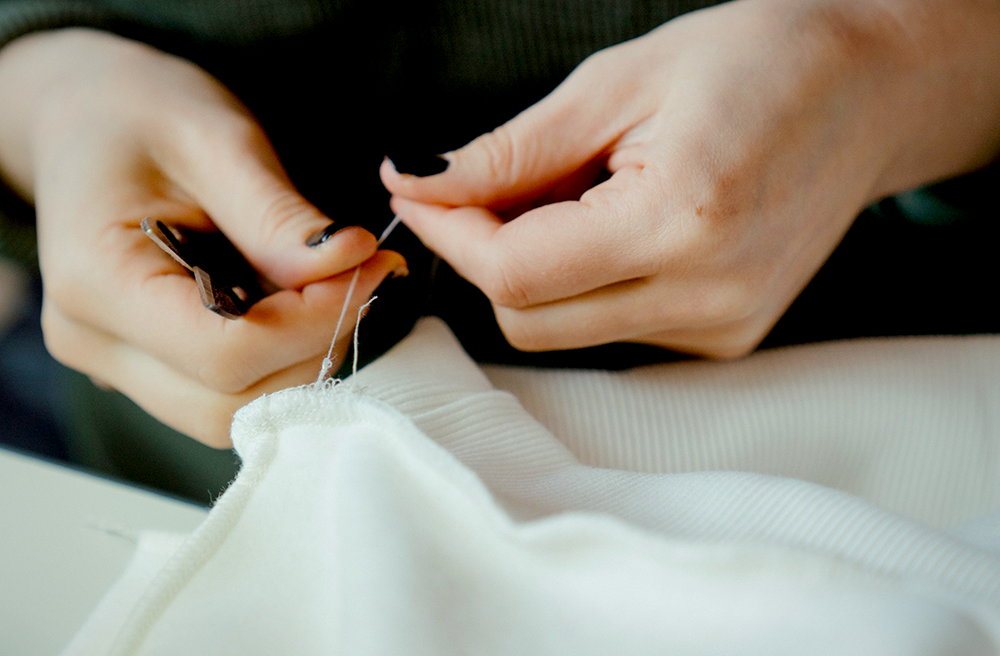
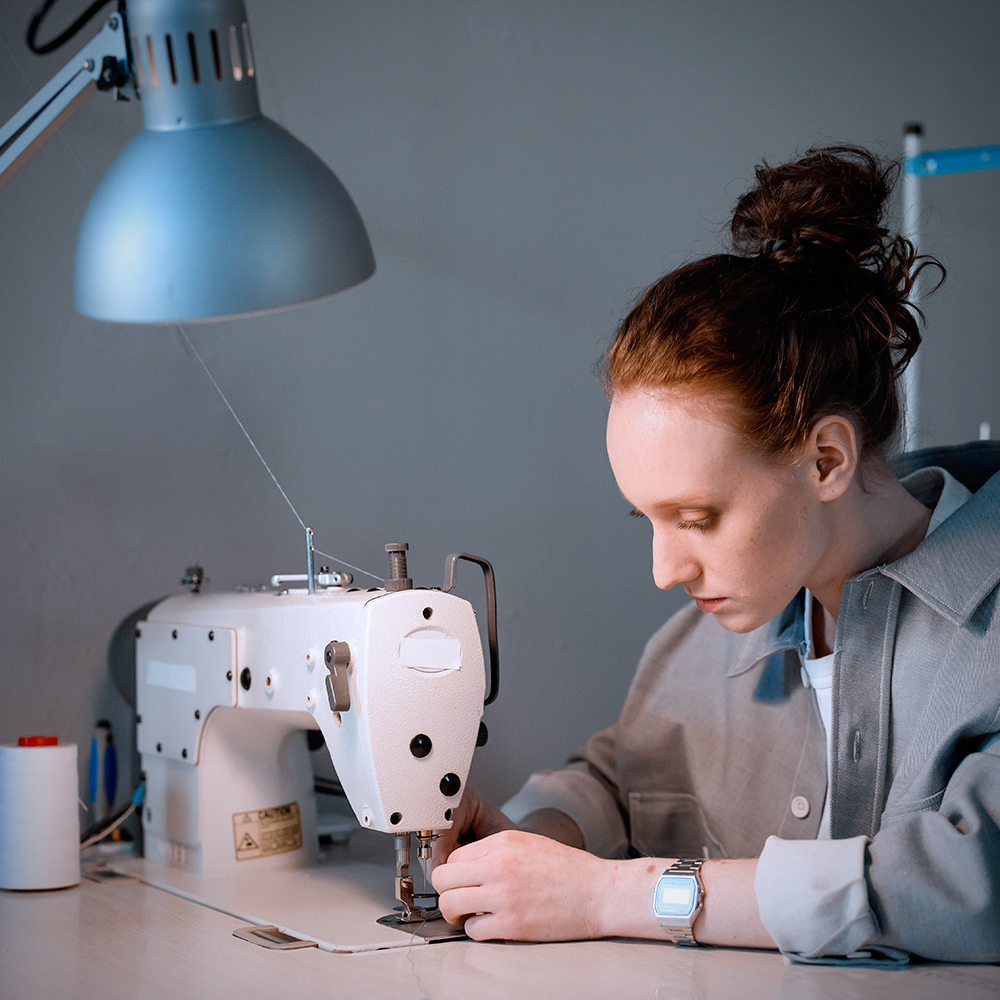
Using a Seam Ripper
Even the most skilled sewers make mistakes from time to time.
When this happens, don't panic because you can use a seam ripper to carefully pick out the stitches and start again.
Every sewist should have a seam ripper in their sewing kit; mistakes happen, and when they do, a seam ripper can be your best friend.
A seam ripper is an essential tool for undoing seams, removing stitches, and correcting mistakes.
Using a seam ripper is easy—simply insert the point between the threads of your stitch and pull gently.
Be sure to use the seam ripper carefully and take your time, as rushing can result in accidentally ripping out the wrong stitches.
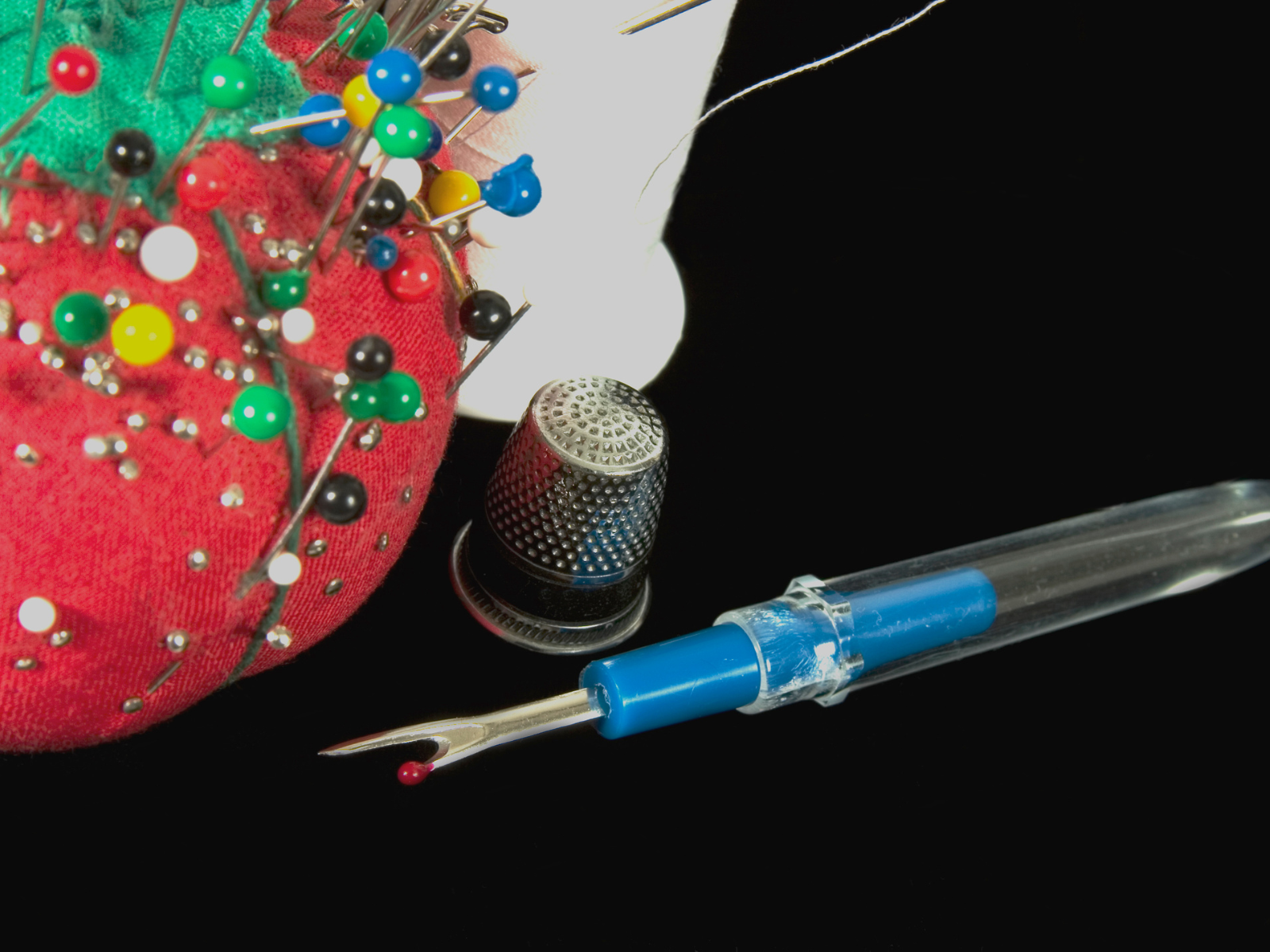
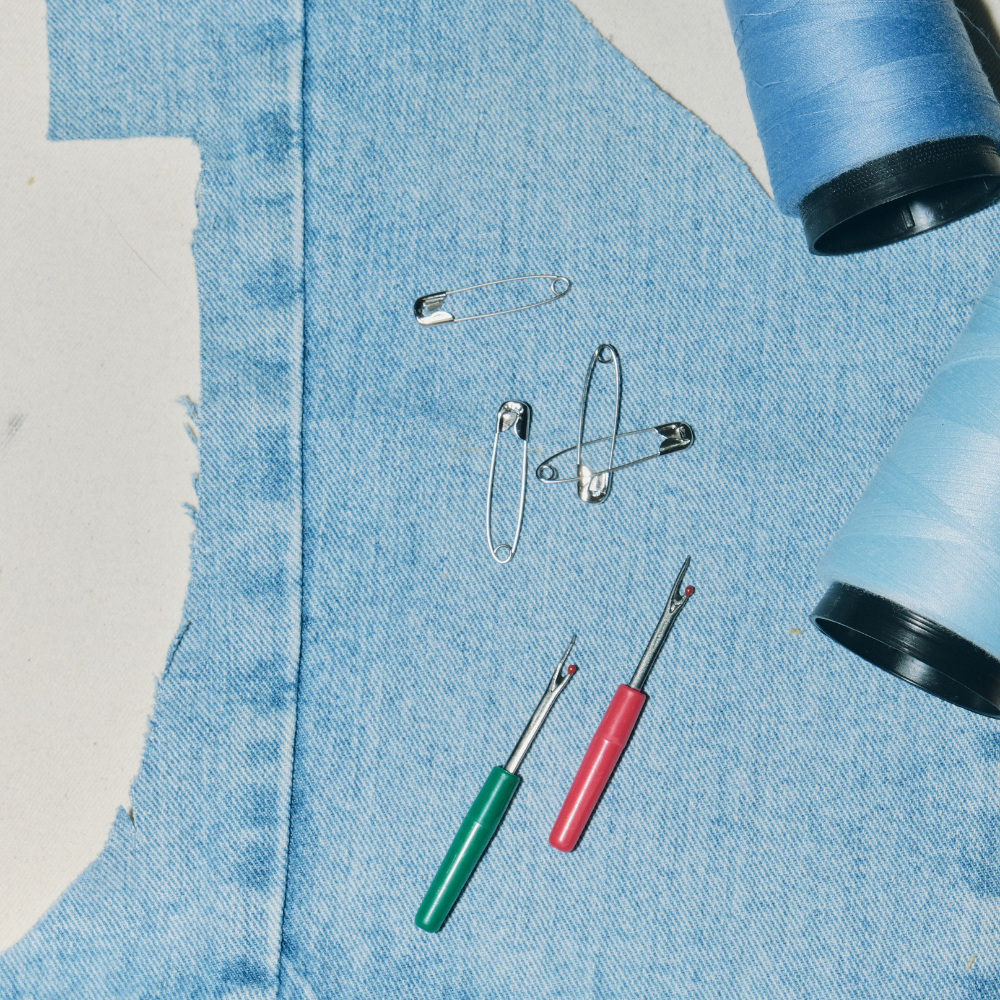
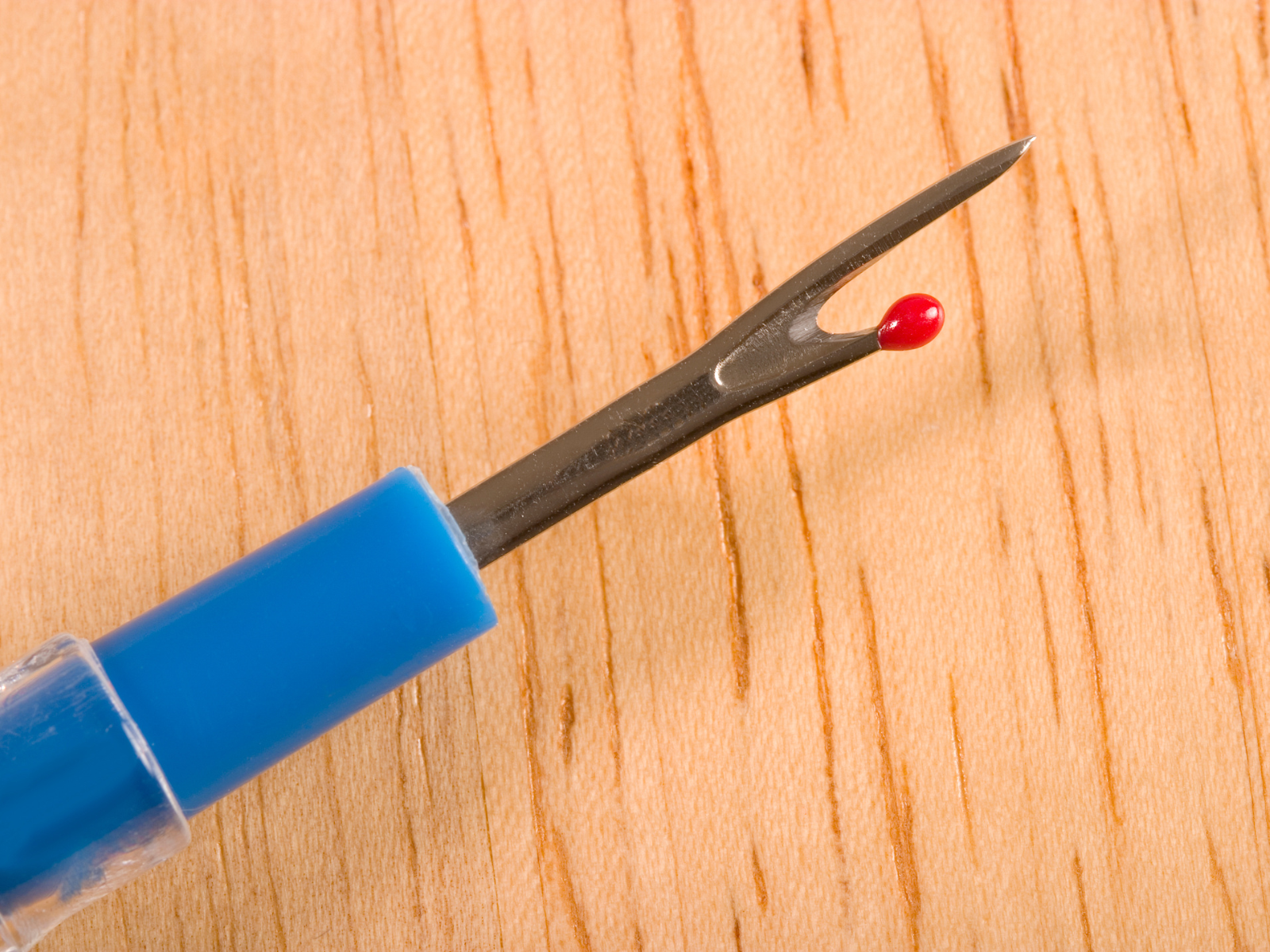
Keep Your Sewing Machine Clean
Sewing machines require regular maintenance in order to keep running smoothly.
This includes cleaning, oiling, and checking for any worn-out parts.
To clean your sewing machine, use a soft cloth to wipe away any lint or dust from the exterior and interior of the machine.
Also, make sure you use sewing machine oil on any moving parts periodically according to the machine’s instructions.
You should also check the tension of your machine’s needle, as this can affect the quality of your stitches.
Test the machine before you start a project to make sure it’s running properly.
A well-maintained sewing machine can lead to more efficient and reliable sewing.
Most sewing machines come with a manual that can help you understand the proper maintenance and troubleshooting steps.
By taking these simple steps, you can ensure that your sewing machine will produce professional-looking results every time; keeping your sewing machine clean and well-maintained is key to producing beautiful and long-lasting creations.
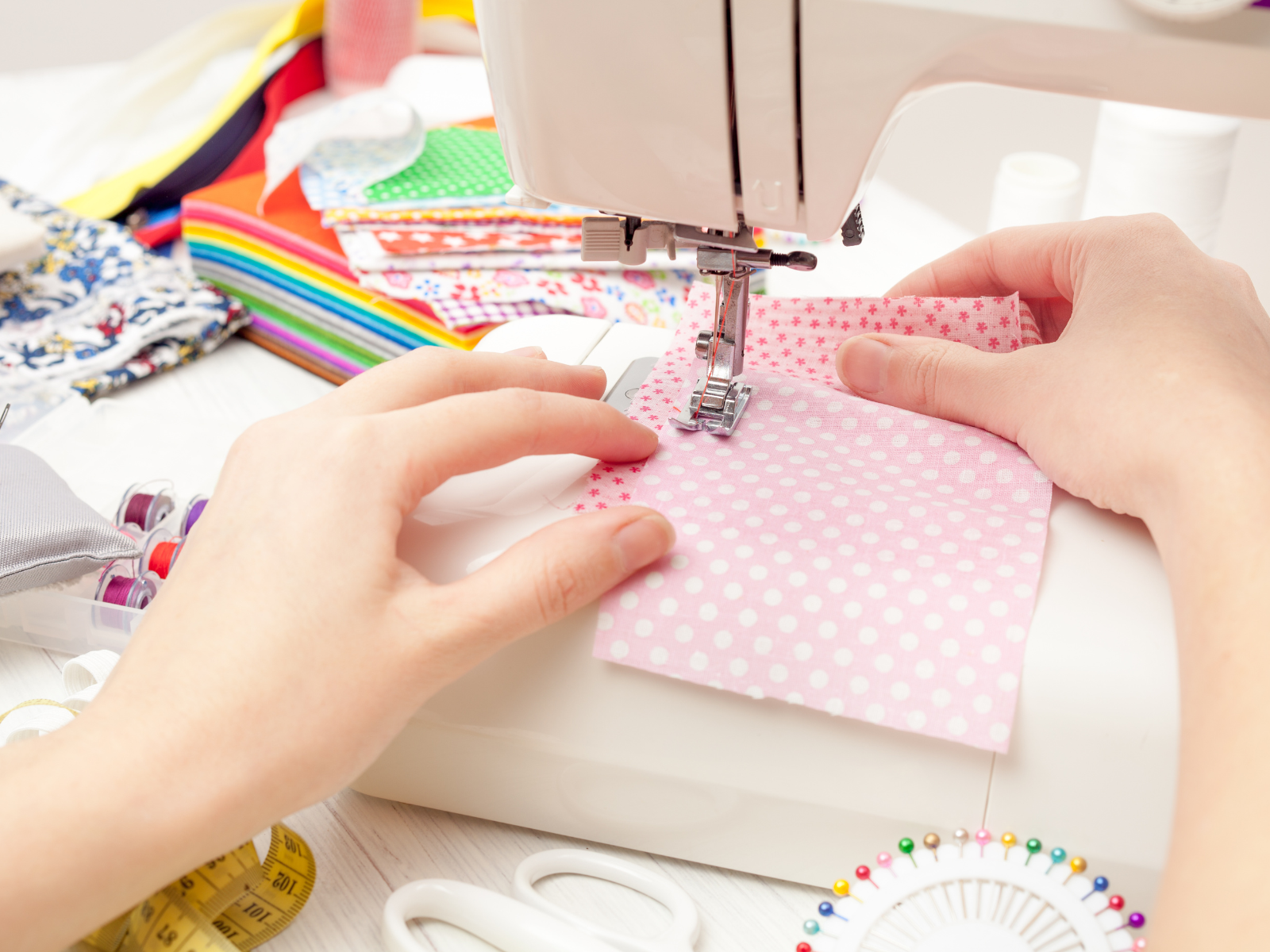
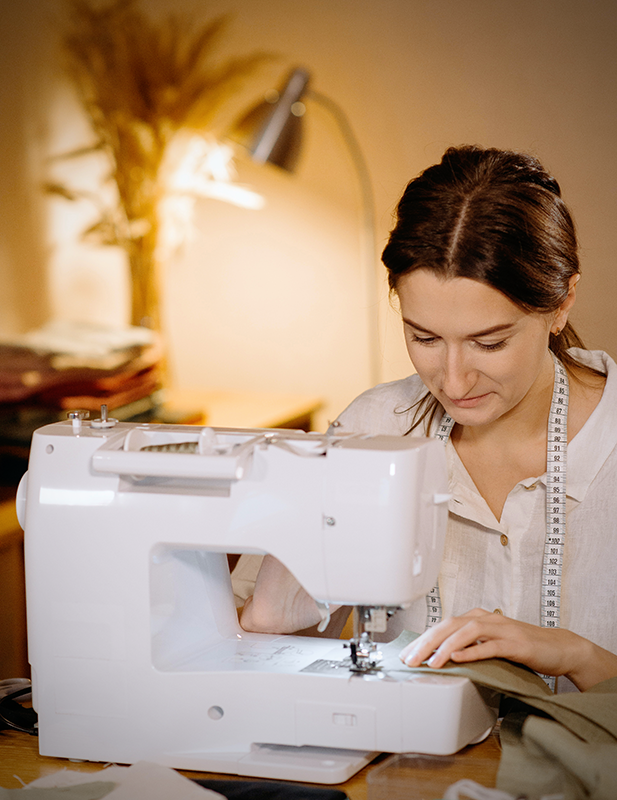

Think Creatively
Sewing can be a great outlet for creativity.
Experiment with different fabrics, thread colors, and patterns to make your sewing projects more unique.
Get creative with your fabric selection, and don’t be afraid to mix and match different textures, prints, and colors.
You can even use different fabrics for the same project to create a patchwork effect.
Try adding trimmings, ribbon, lace, or buttons to your projects for a more custom look.
Creative stitching techniques such as appliqué or free-motion quilting can also add unique touches to your creations.
Finally, don’t be afraid to try something new and experiment with different types of stitches.
You never know what kind of amazing creation you might end up with!
By being creative and pushing the boundaries, you’ll find that sewing can be an incredibly rewarding and enjoyable experience.
You can also find plenty of insight online and in books; these resources provide more sewing tips and tricks that can help you to become an even better seamstress.
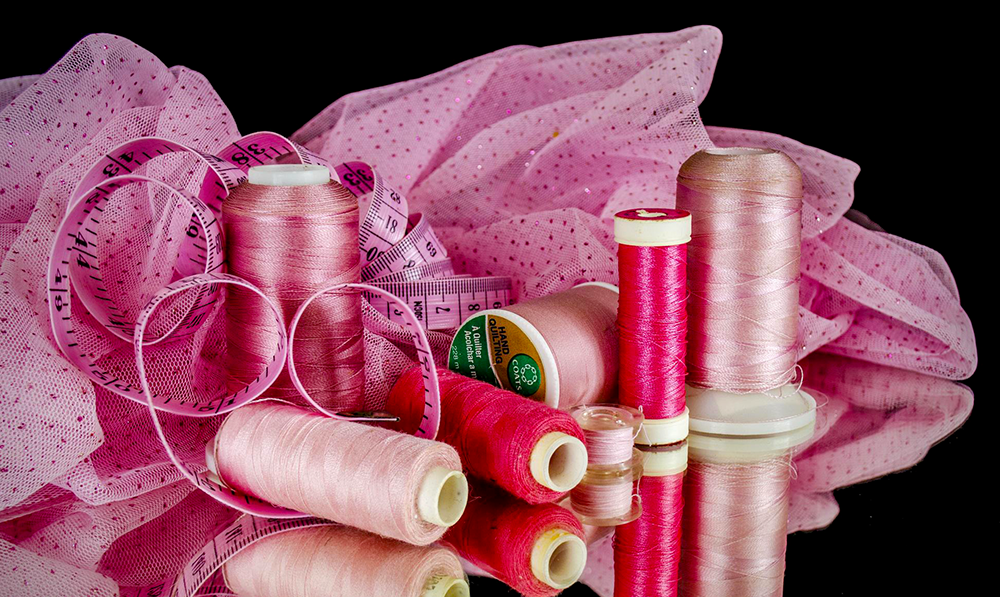

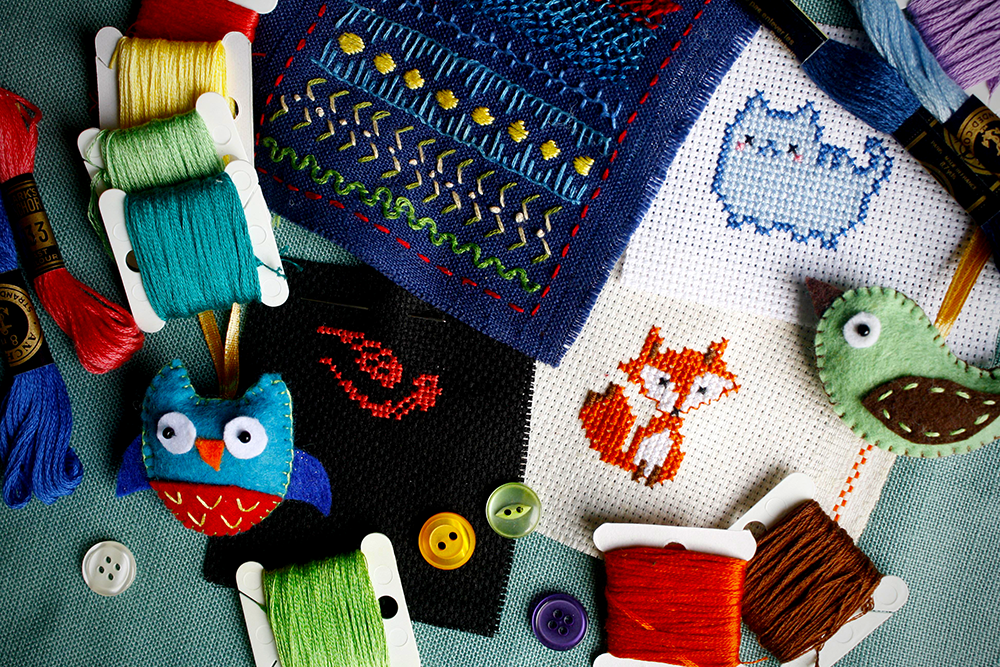
Take Breaks
Taking breaks during long sewing sessions can help to prevent strain on your eyes and body.
Look away from your machine regularly, stretch your muscles, and hydrate yourself to stay comfortable and healthy.
Taking breaks will also help you stay focused on your project and avoid making mistakes; it's an important part of self-care.
Finally, working for long hours without a break can lead to frustration and exhaustion.
By taking regular breaks, you’ll be able to work with a clear head and create better quality results.



Practice, Practice, Practice
The best way to become a better sewer is to practice.
Start with simple projects, like bags and pillows, and gradually work your way up to more complex garments and quilts.
You’ll be surprised at how much you can learn with each project.
Allow yourself plenty of time to practice and don’t be afraid to make mistakes.
This is how you will hone your skills and become a proficient seamstress.
Keep practicing, and you'll soon be creating flawless sewn creations.


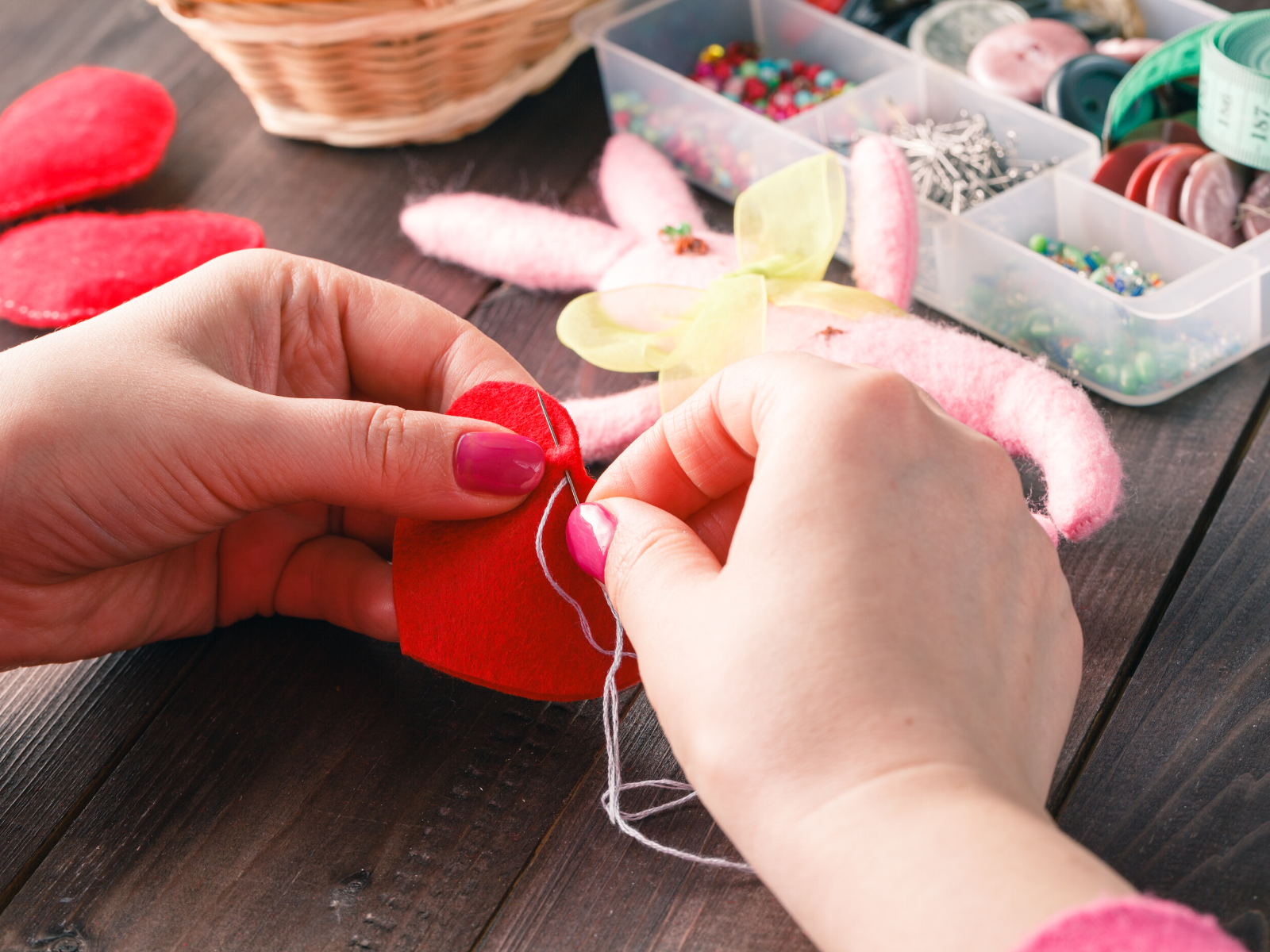
Have Fun!
Above all else, remember to have fun!
Sewing should be enjoyable, so experiment with different fabrics and techniques, and don't be afraid to make mistakes.
Every mistake is an opportunity to learn and grow.
Sewing is a great way to express your creativity and make beautiful items.
With these essential tips and your own creative spirit, you’ll soon be producing stellar stitches!
So, embrace the challenge, have fun with it, and get ready to see your craft game skyrocket.
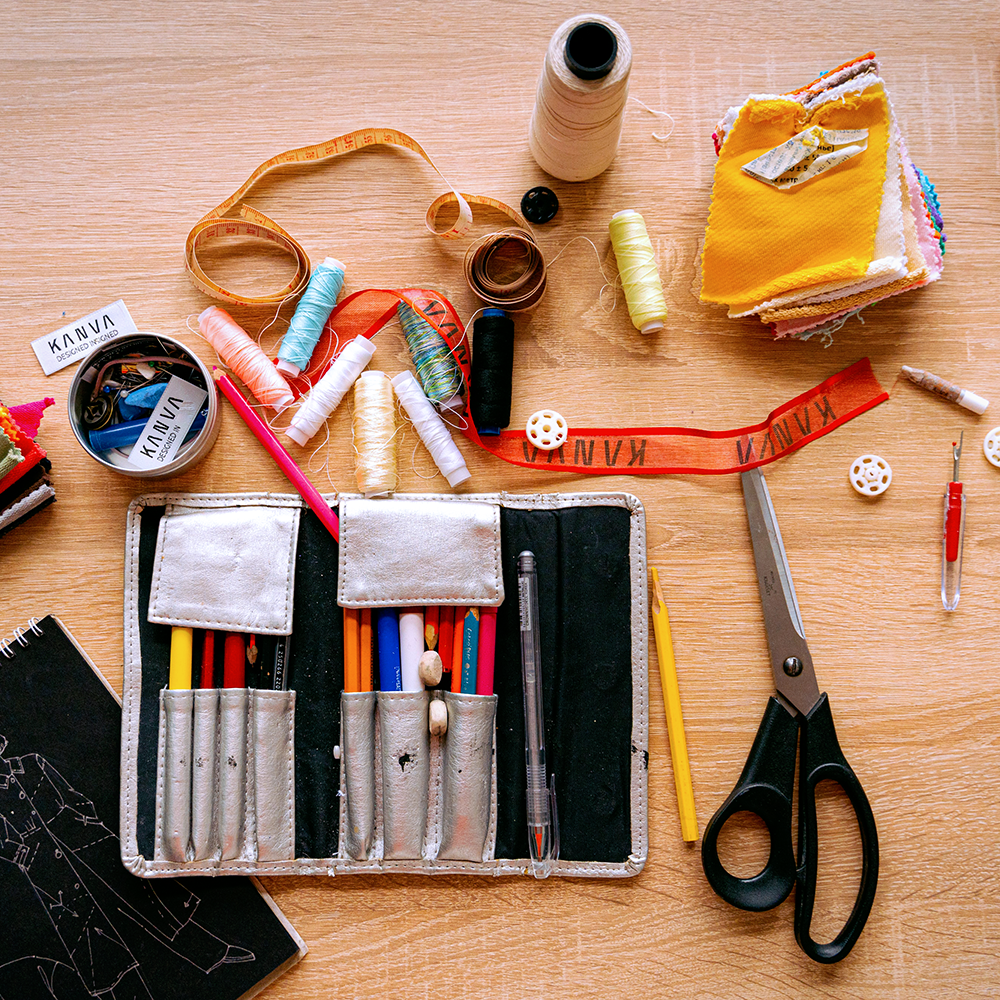

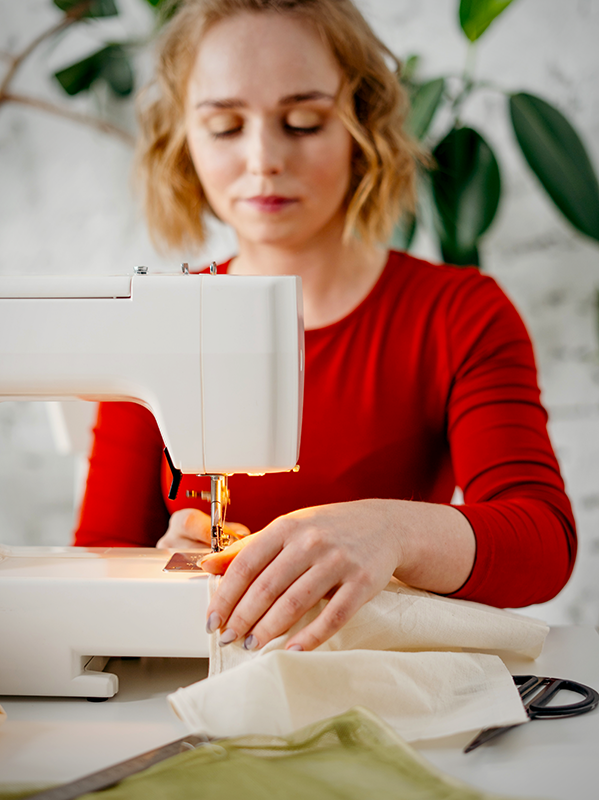
Using Sewing Tips for Stellar Stitches
Sewing is a beautiful art form that requires skill, patience, and practice.
By following these essential sewing tips, you'll be well on your way to improving your sewing skills and creating flawless and long-lasting creations.
Start by selecting the right needle, thread, and fabric for your project.
Be sure to take accurate measurements and use pins and basting to help keep your fabric in place.
Learn basic hand stitches for small repairs and mending projects, and don’t forget to keep your sewing machine clean.
With these tips in mind, you'll soon be creating beautiful and unique sewn creations that you'll be proud to show off.
Remember to practice, be creative, and most of all—have fun!
It's time to start sewing and create some stellar stitches!
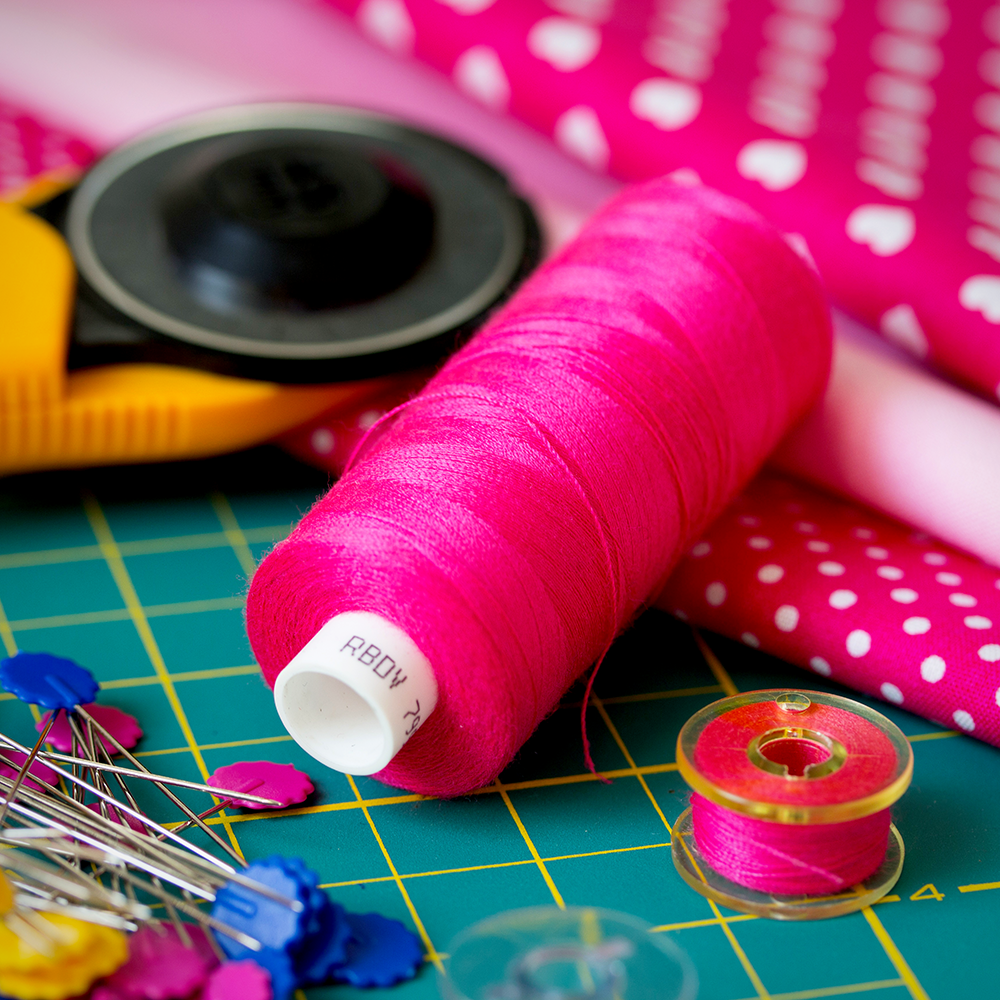

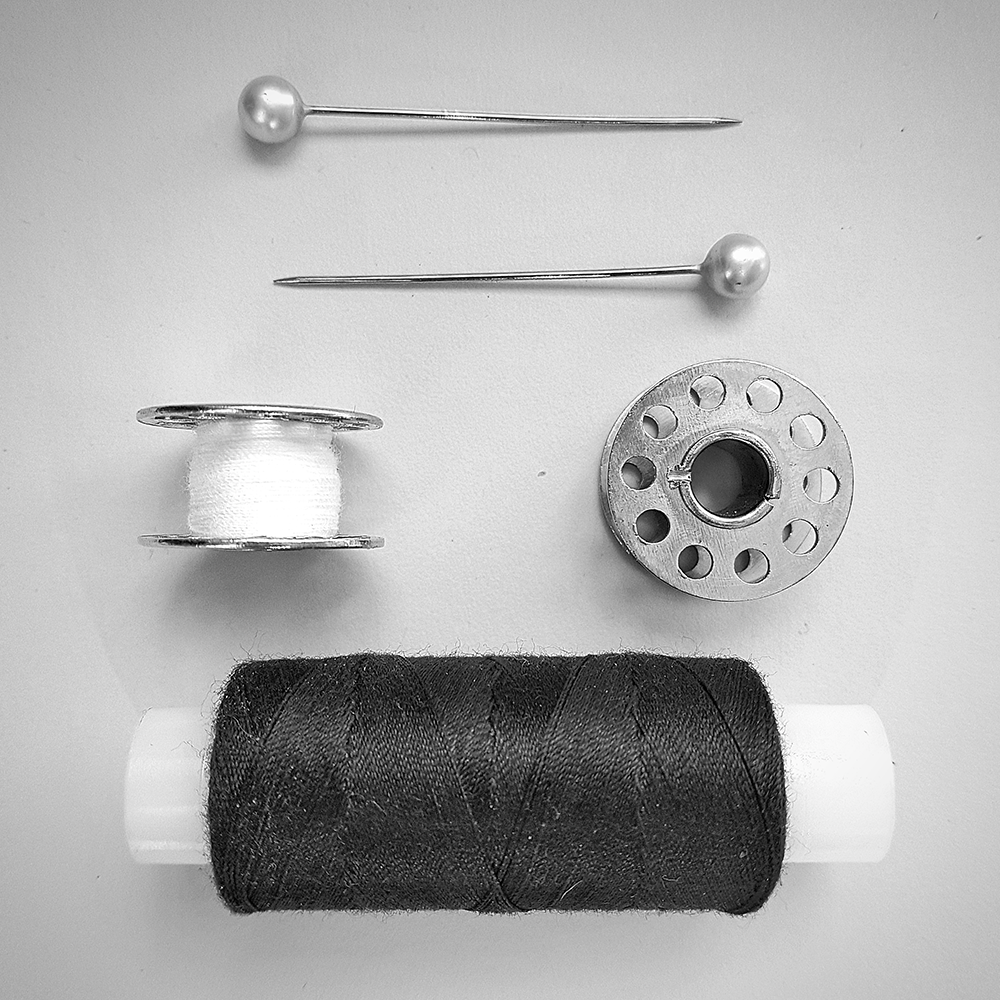
Eager to take your sewing skills up a notch? Check out The Last Stitch's video!
Want even more content about creativity and art?
Be sure to check out all of our creative chronicles!
Interested in sewing?
Check out some of our other articles:
